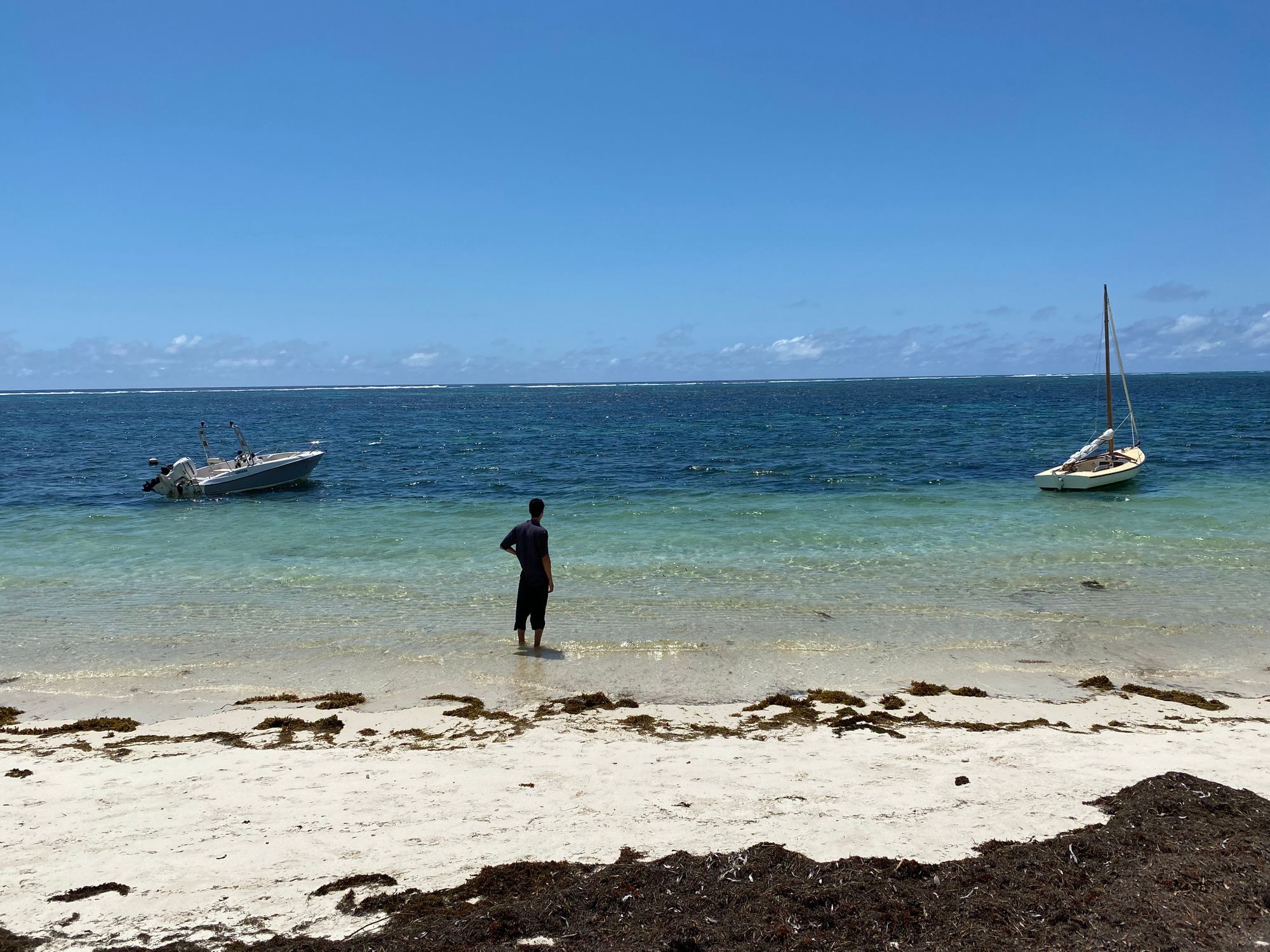I traveled to Mauritius to see my son, Shams, and meet his girlfriend, Sophia. Shams had moved from South African to Mauritius where he is now living.
I looked up Mauritius on the internet and what many sites mentioned was the story of Paul et Virginie by French author and naturalist Jacques-Henri Bernardin de Saint-Pierre. I tried to get the 18th century book which was part of French curriculum until the 21st century, but unfortunately there were none in the LA County and LA City library system. Also, none (in English) for sale at used book sites.
However, near the end of our visit we went to the capital Port Louis and there I found the book about a love story set on a paradise island. I read the book, as I had read a couple of others, while relaxing on the beautiful beach at Azuri near Rivere du Rempart.
It is a flowery depiction of love and paradise a la Adam and Eve. Two single mothers bear a son and daughter and bring them up together harvesting the land in an idyllic natural environment where all their needs are provided and where beauty and peace reign. Both babies are breastfed by both mothers.
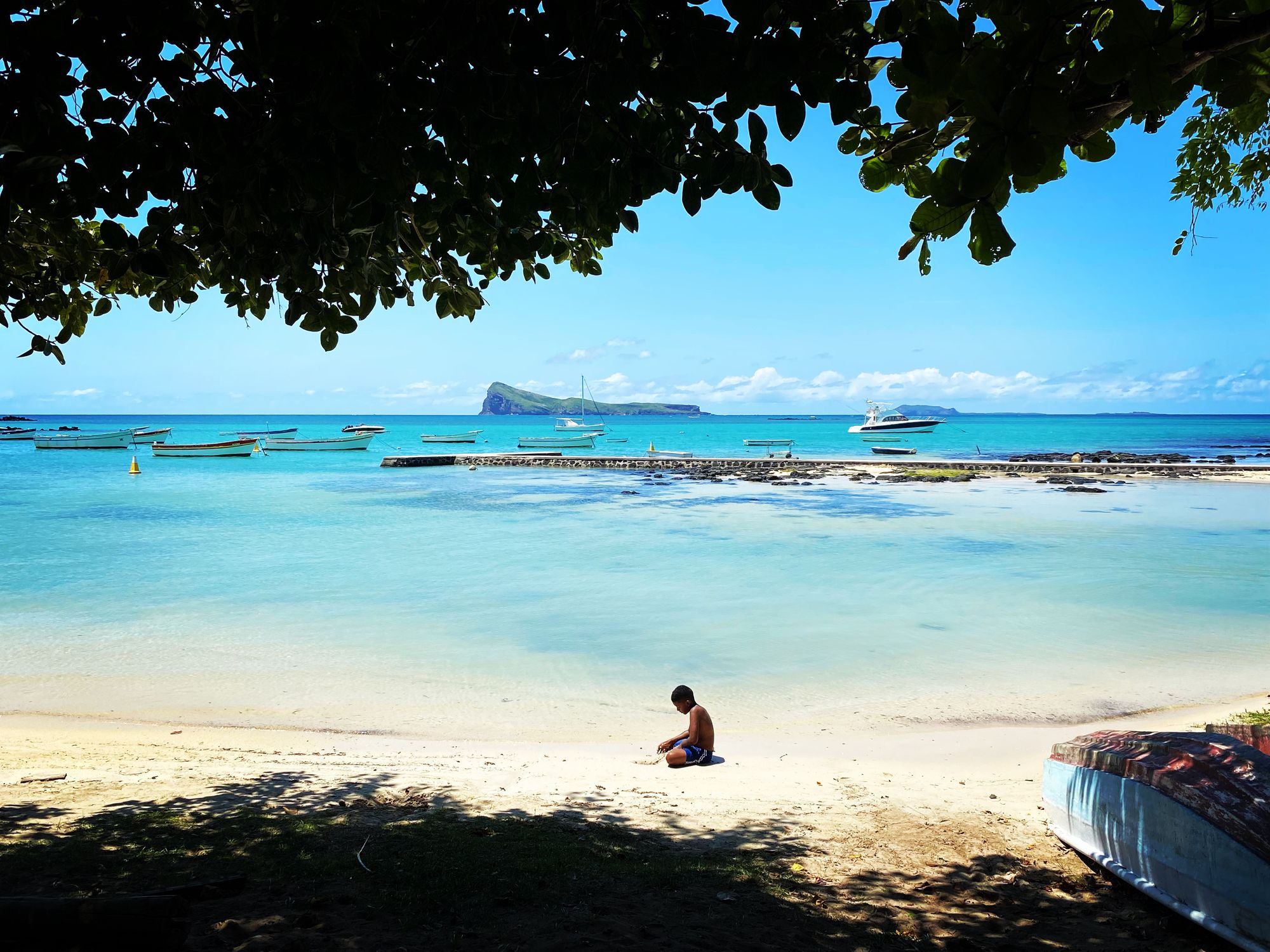
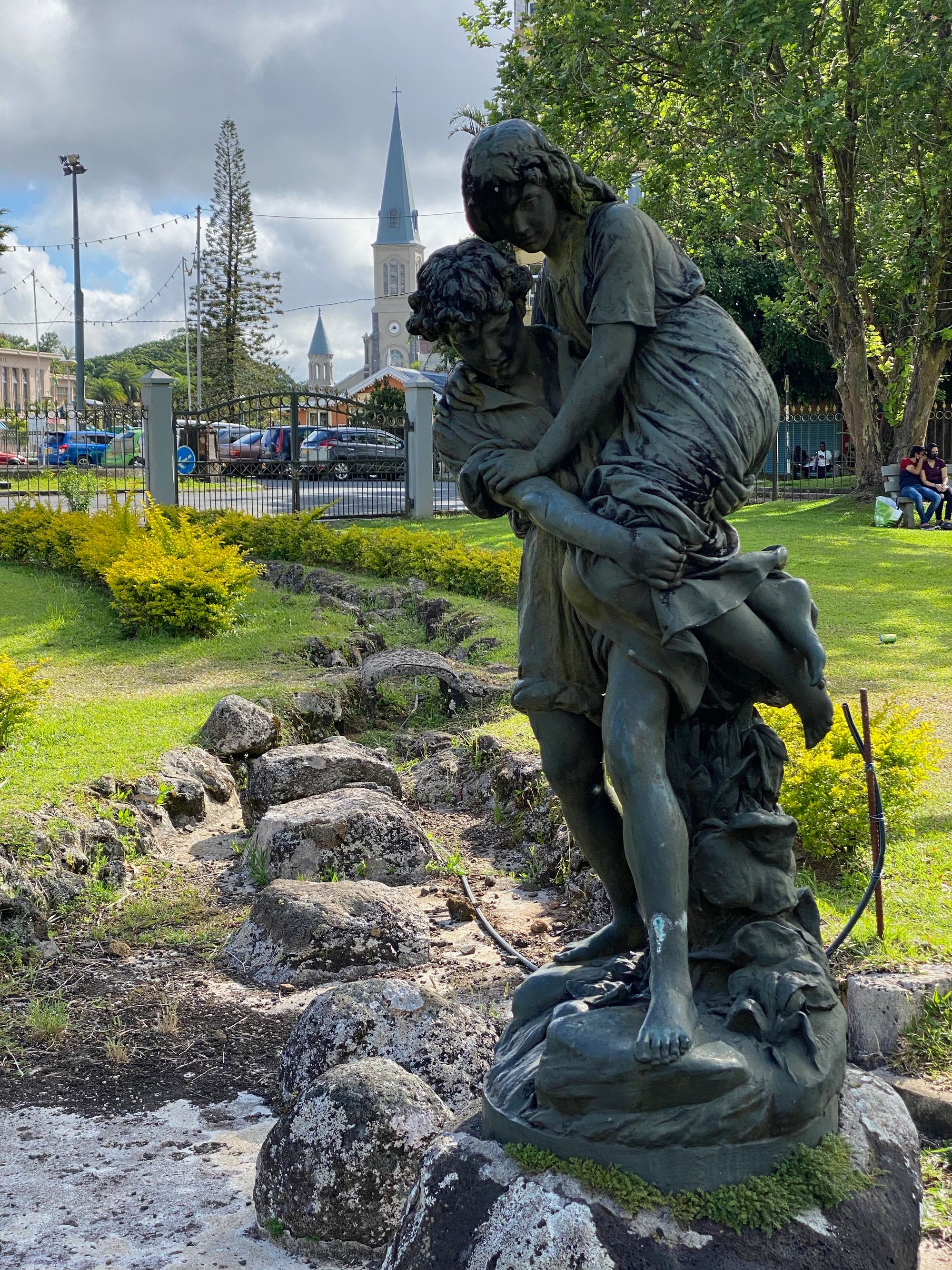
After reading the book and with only four days left of our ten day visit, I started to think about Mauritius with Paul et Virginie on my mind. Just a few kilometers north of where my son lives is a monument for the Saint Geran, a ship that crashed into the reef and sank at Poudre d’Or during a storm on 18 August 1744. 191 sailors, passengers and slaves perished and nine survived.
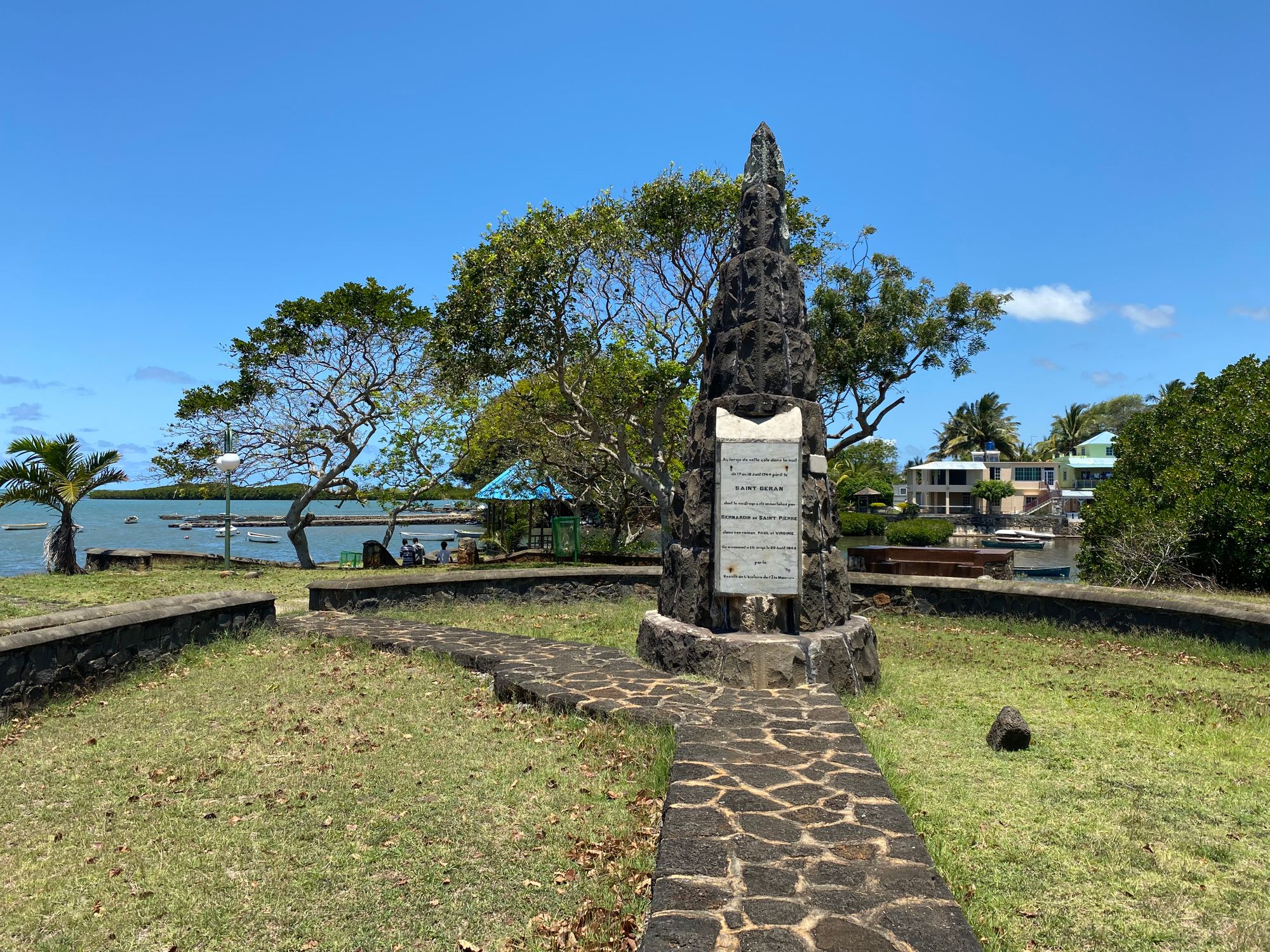

Bernardin de Saint-Pierre uses the sinking of the Saint Geran in the tragic conclusion of the book where Virginie drowns as she returns from France.
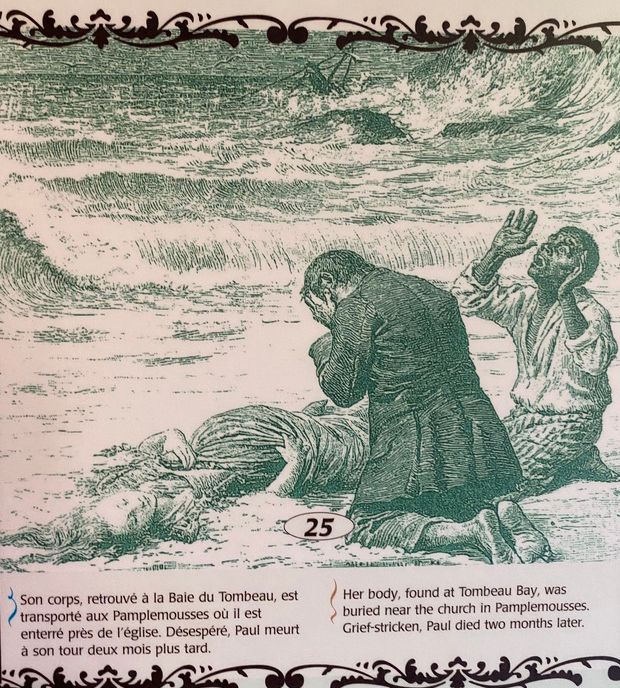
Though the book by Bernardin de Saint-Pierre is fictional it uses real events and locations as well as the names of the authors two children to present an idealized existence in an island paradise. It is only when Virginie is shipped off to France to claim a possible inheritance that things start to go bad. The evil of the civilized world corrupts the primitive natural world and changes all their lives for the worst.
Panorama gallery |



Beach time-lapses |
The Naturalist and Writer |
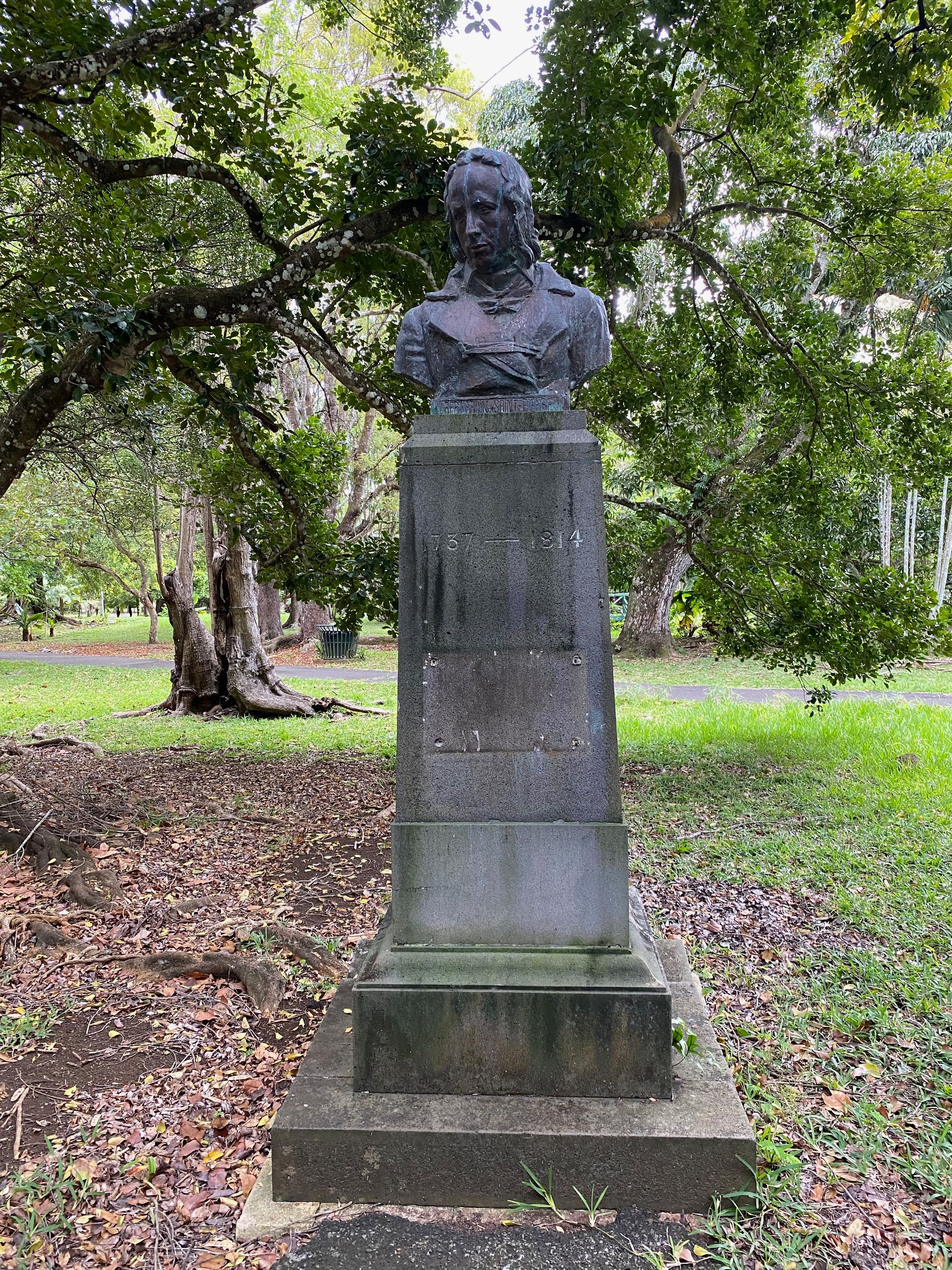


Fauna |
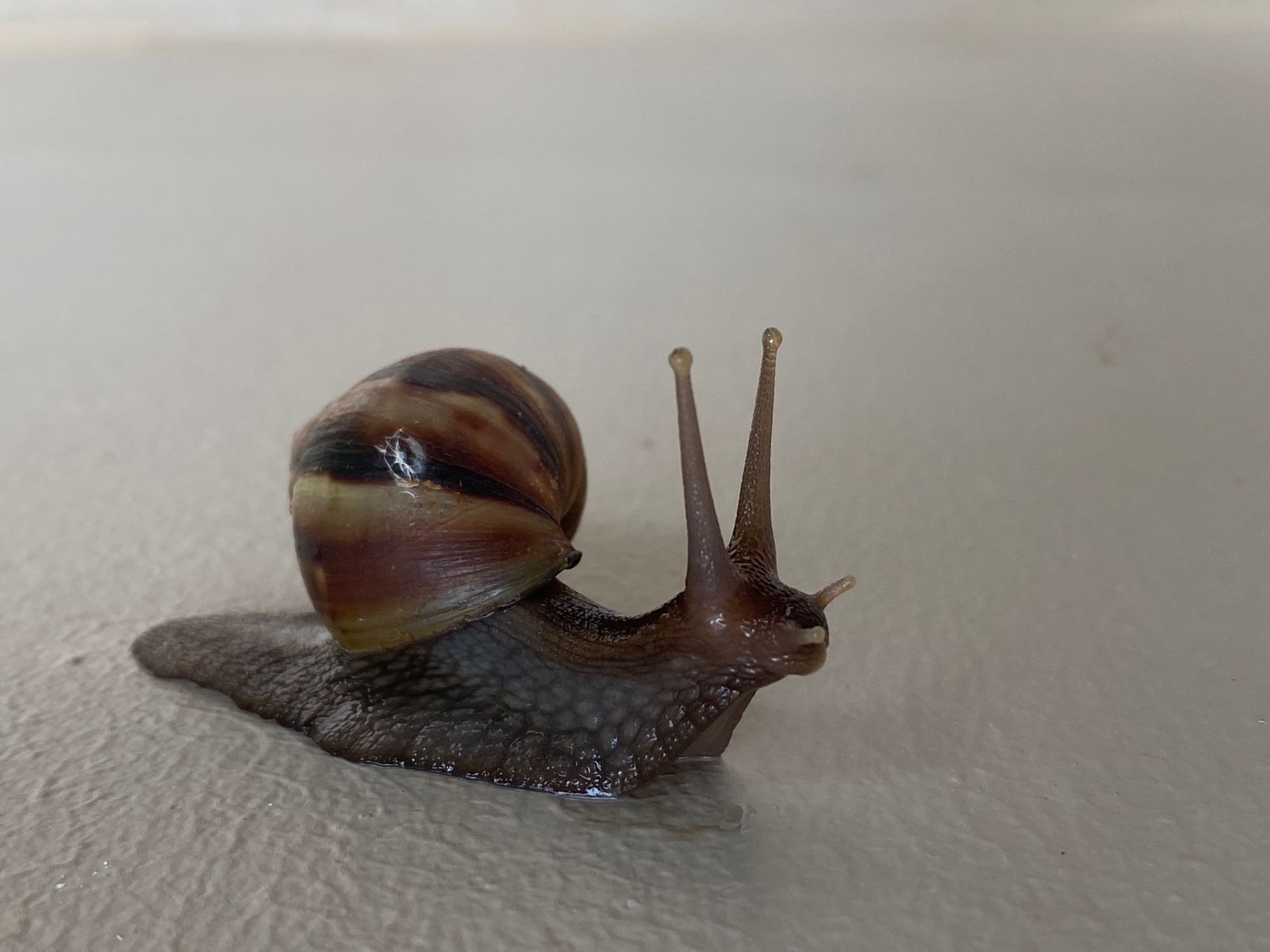
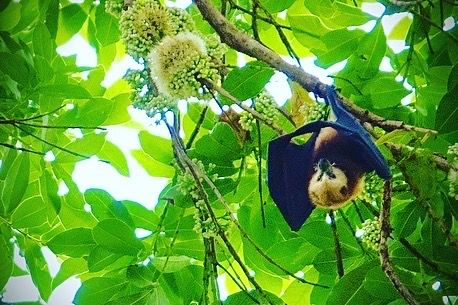
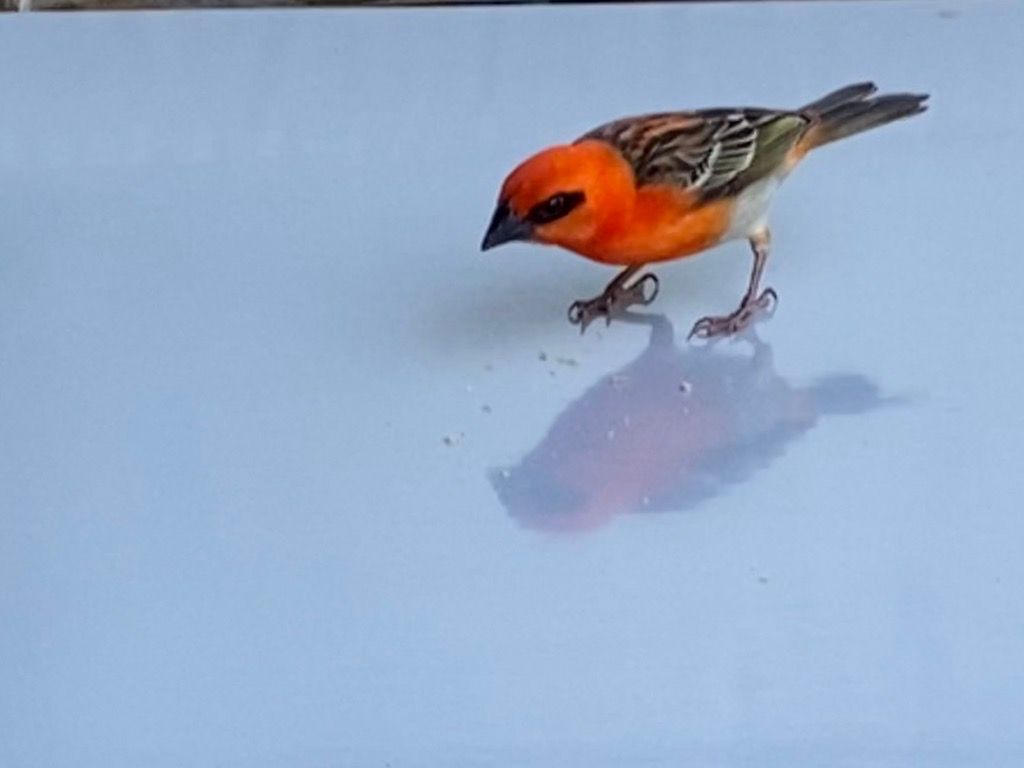
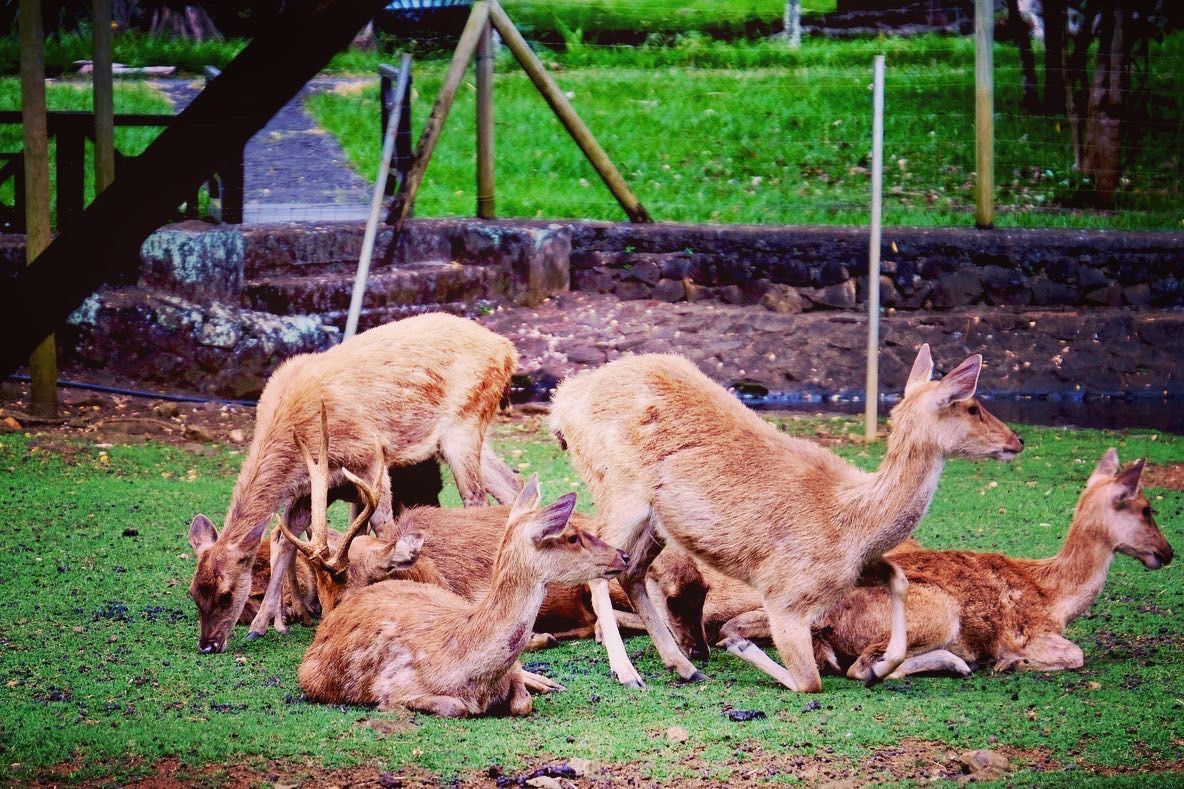
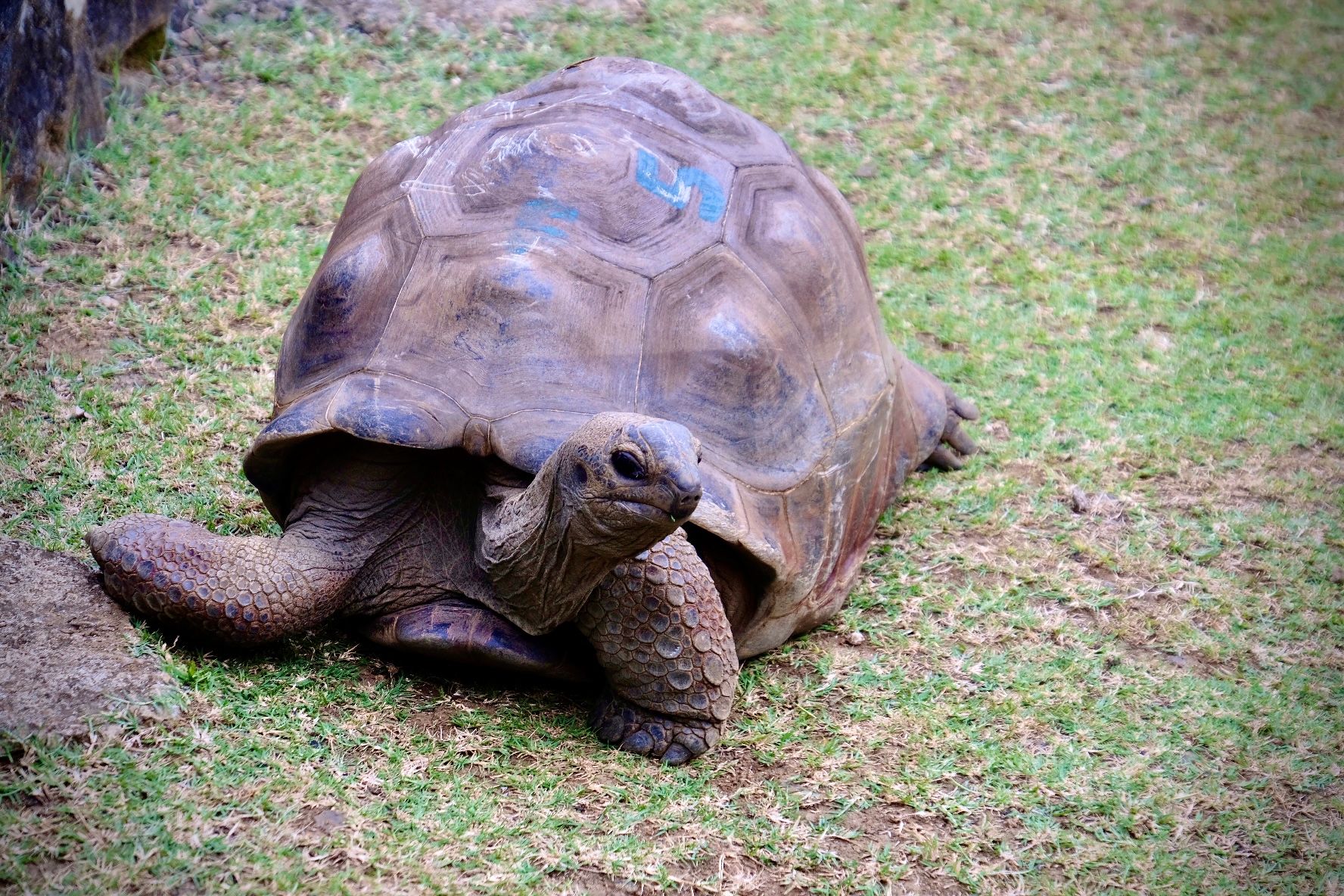
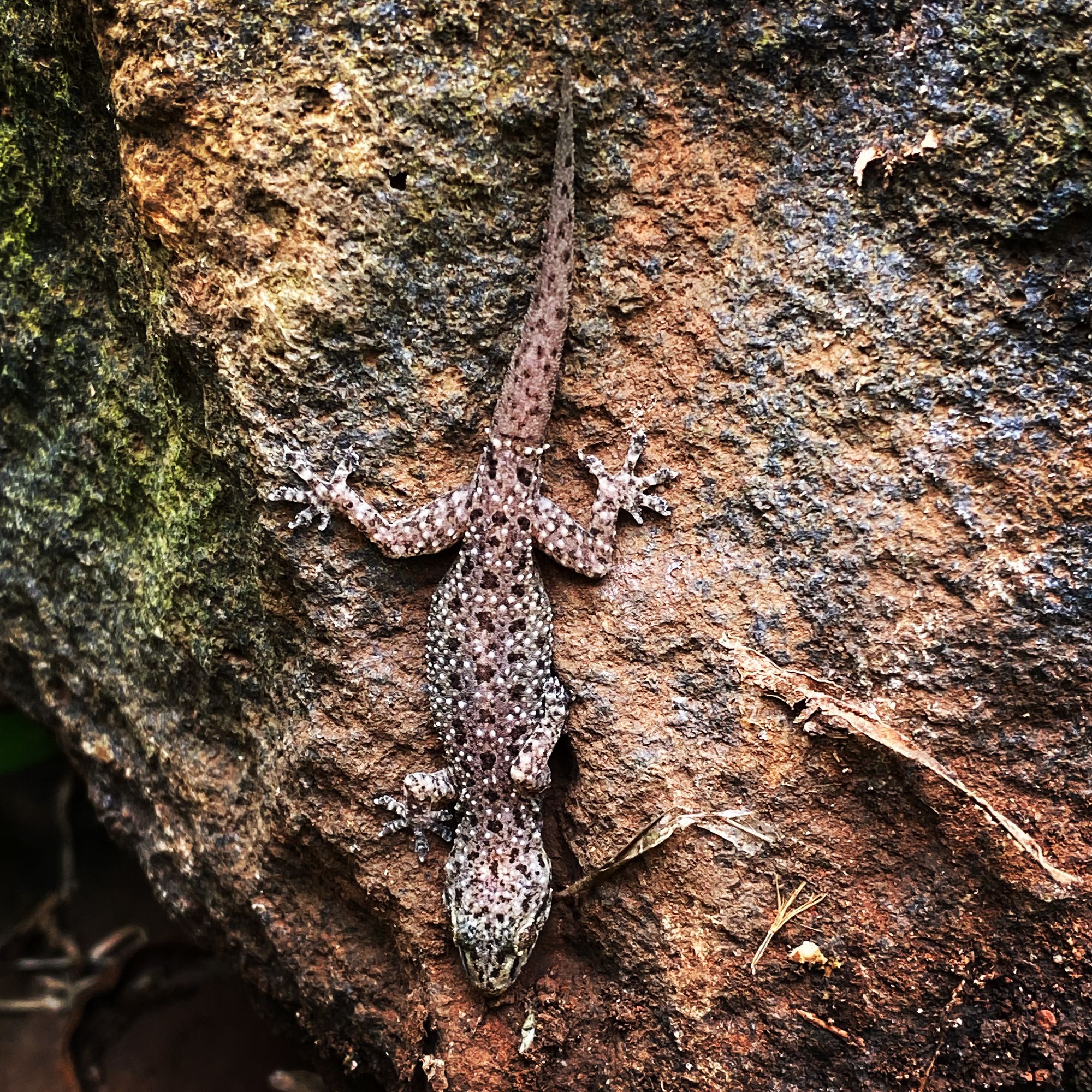
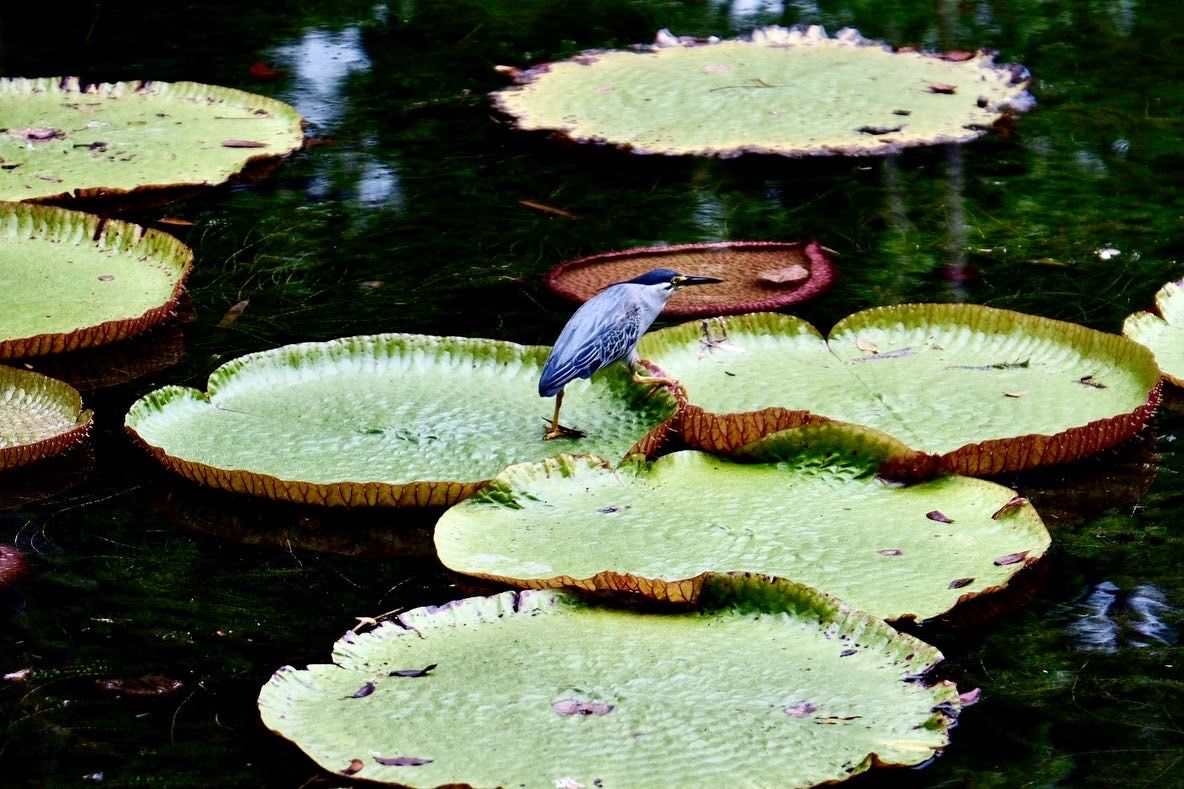
Flora |
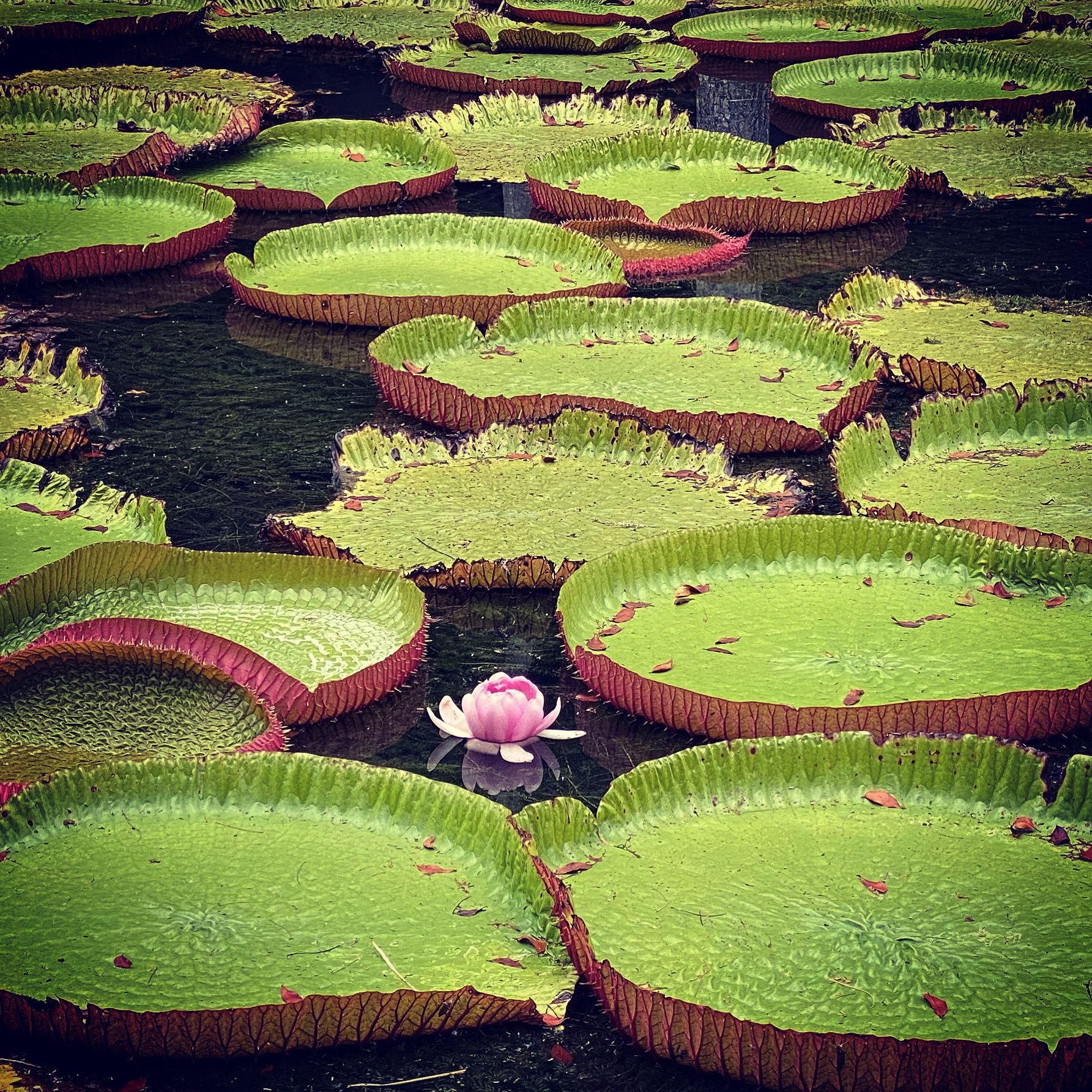
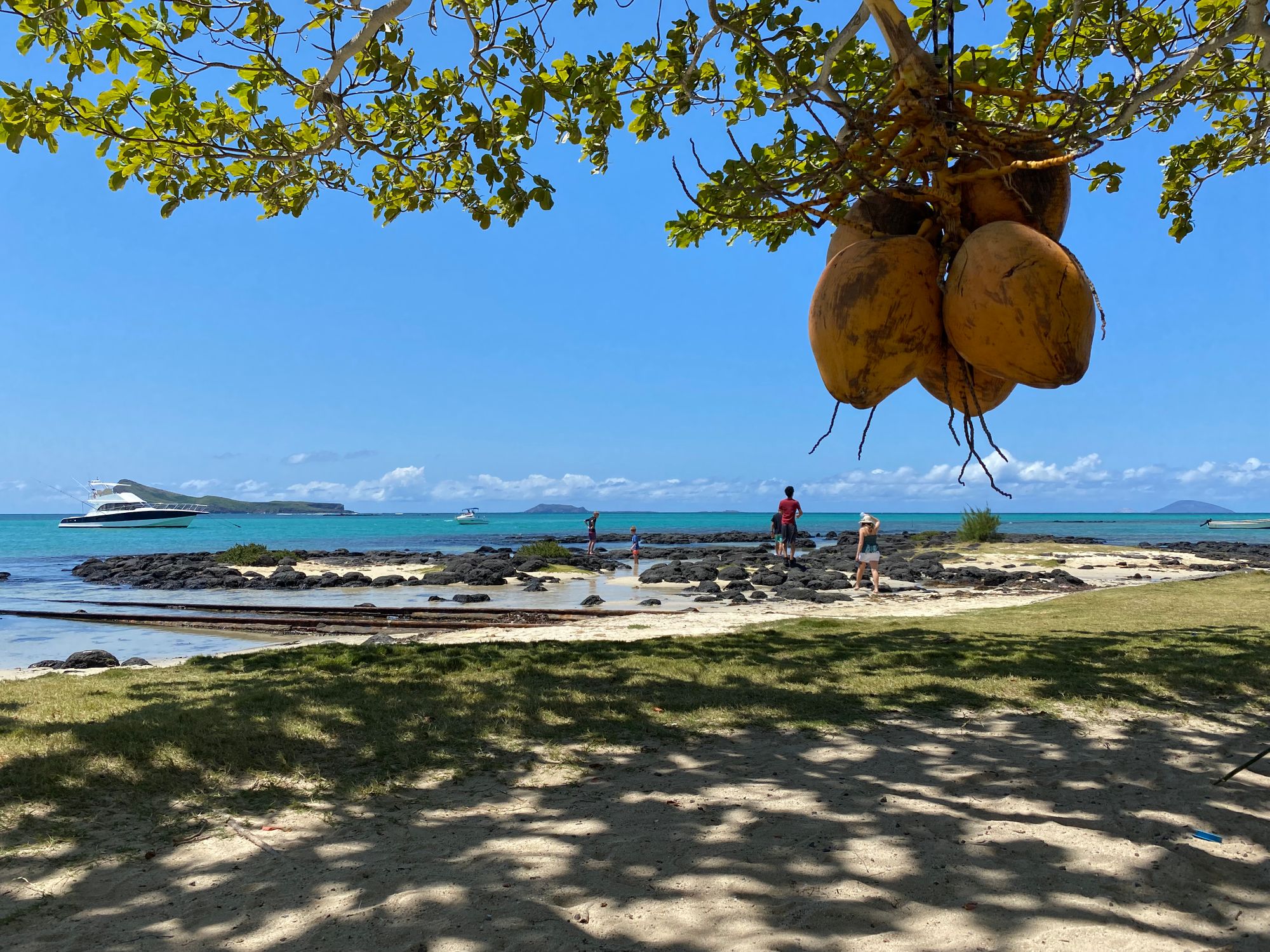
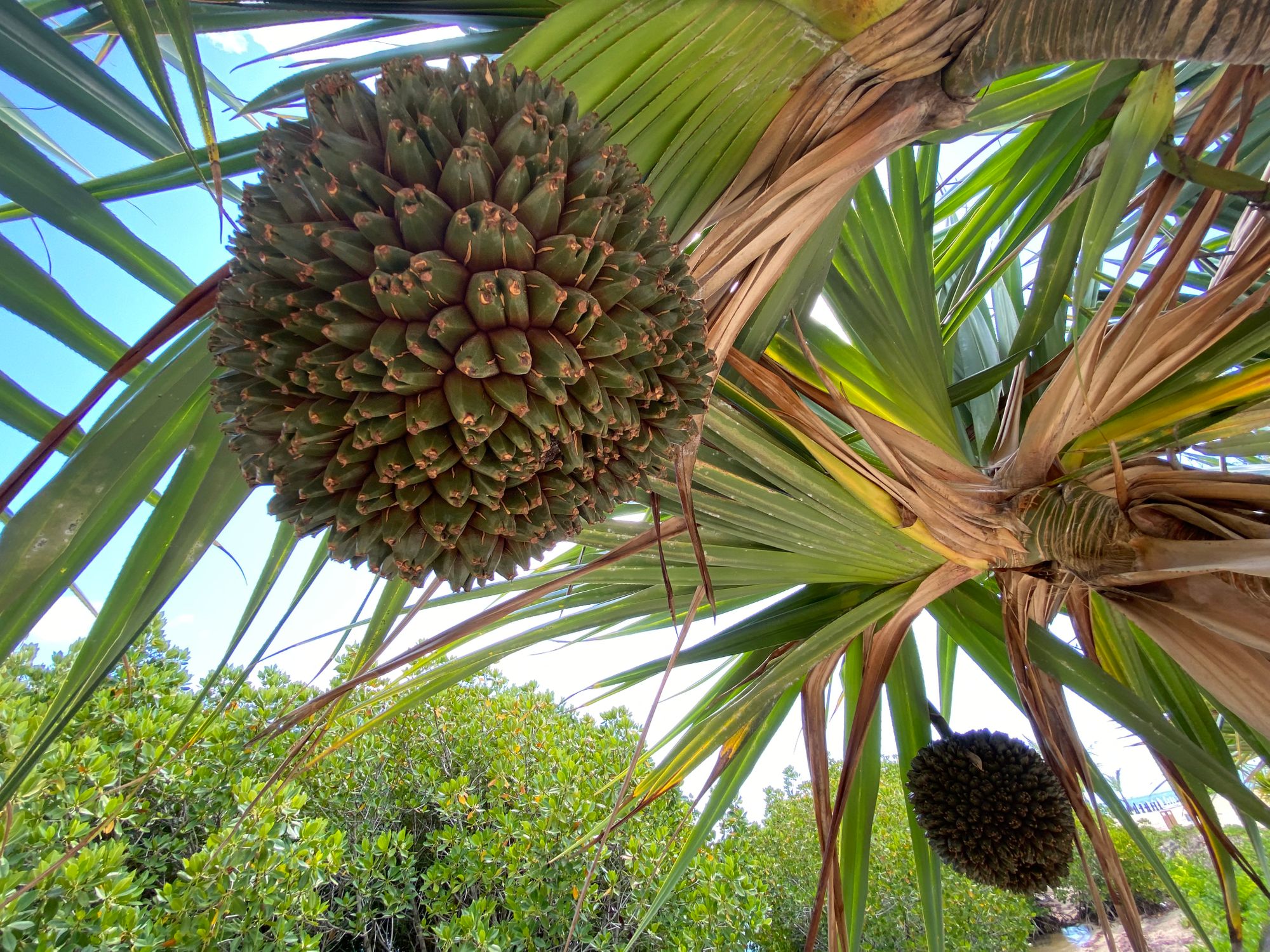
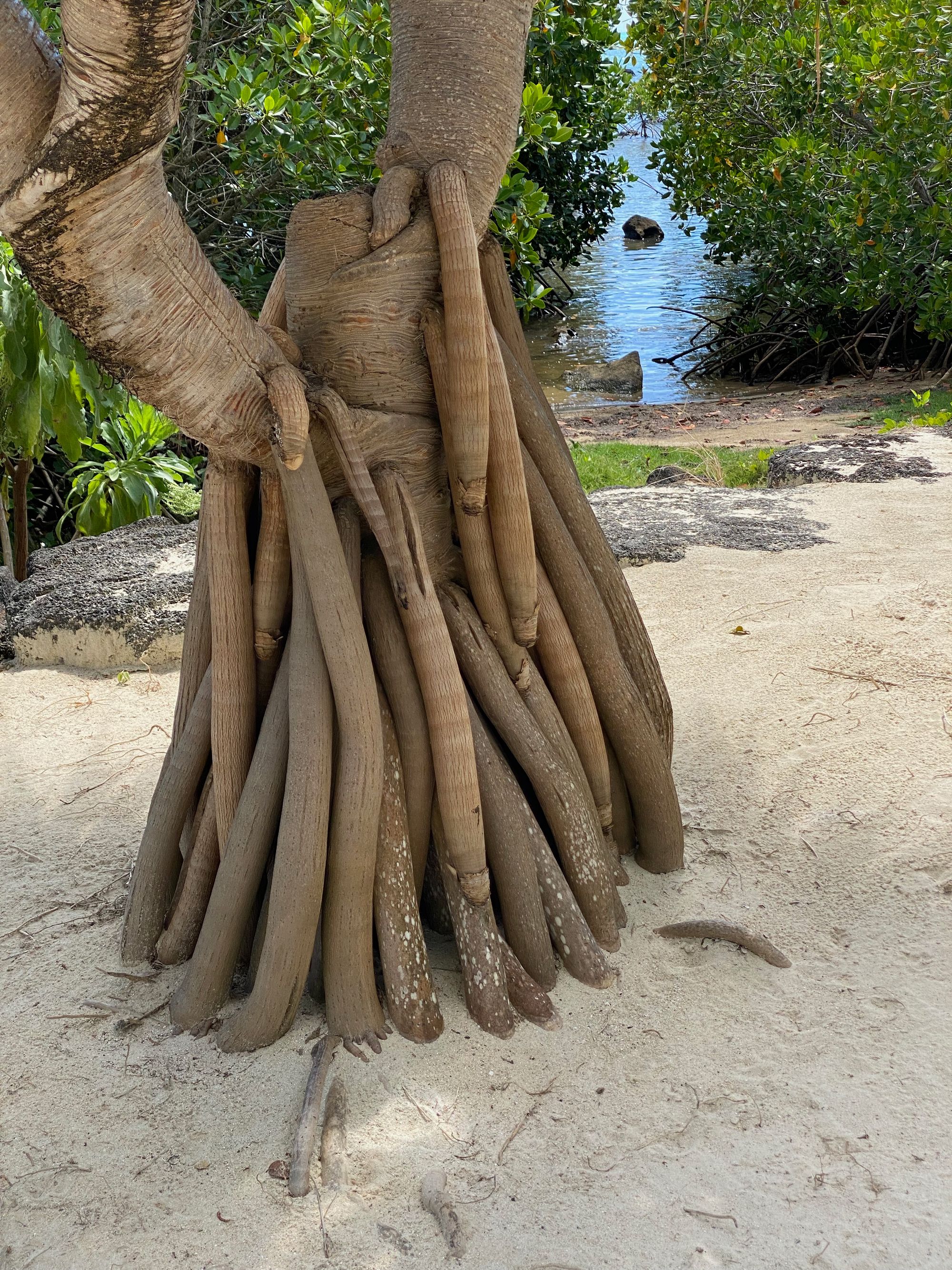
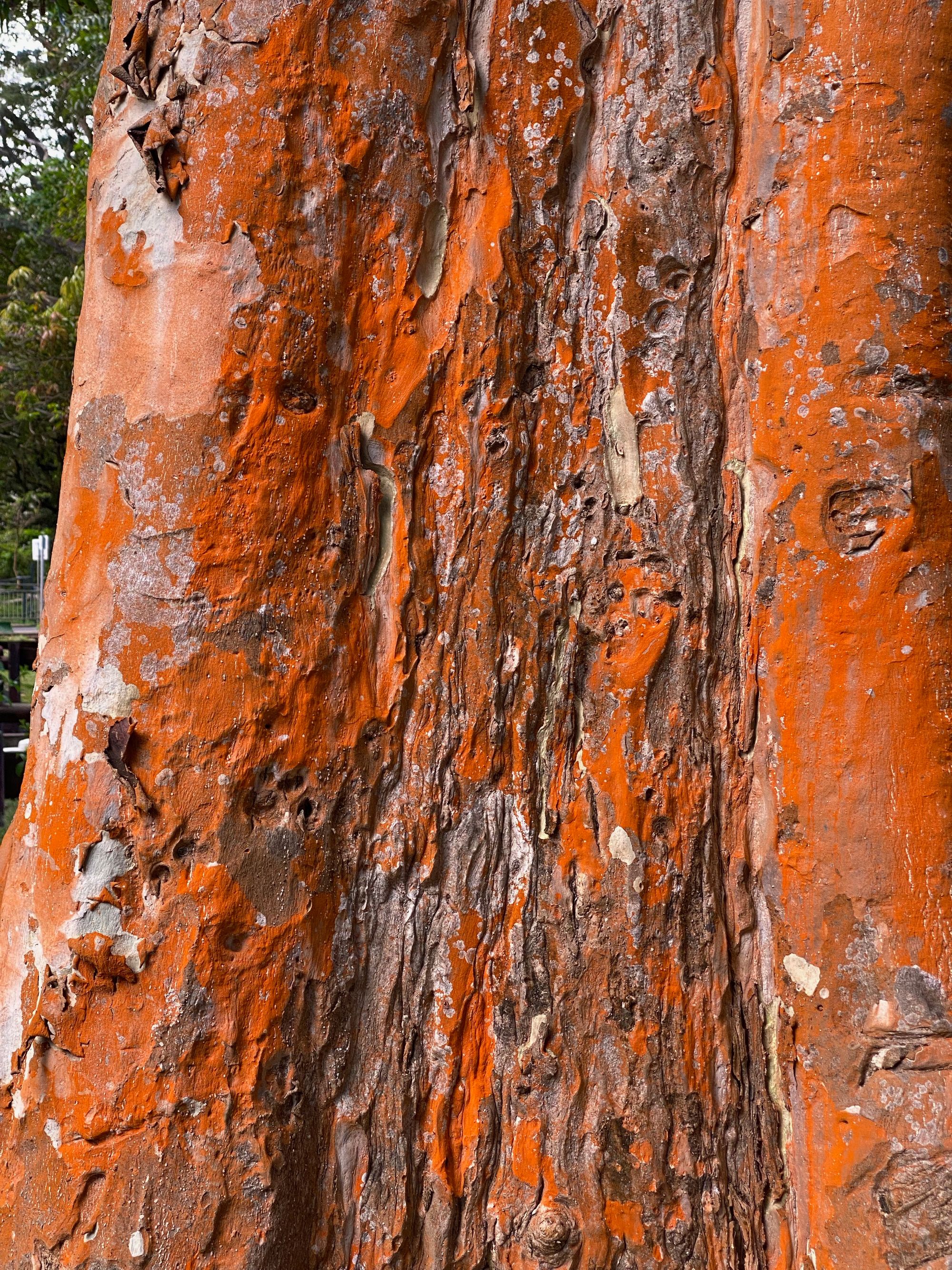
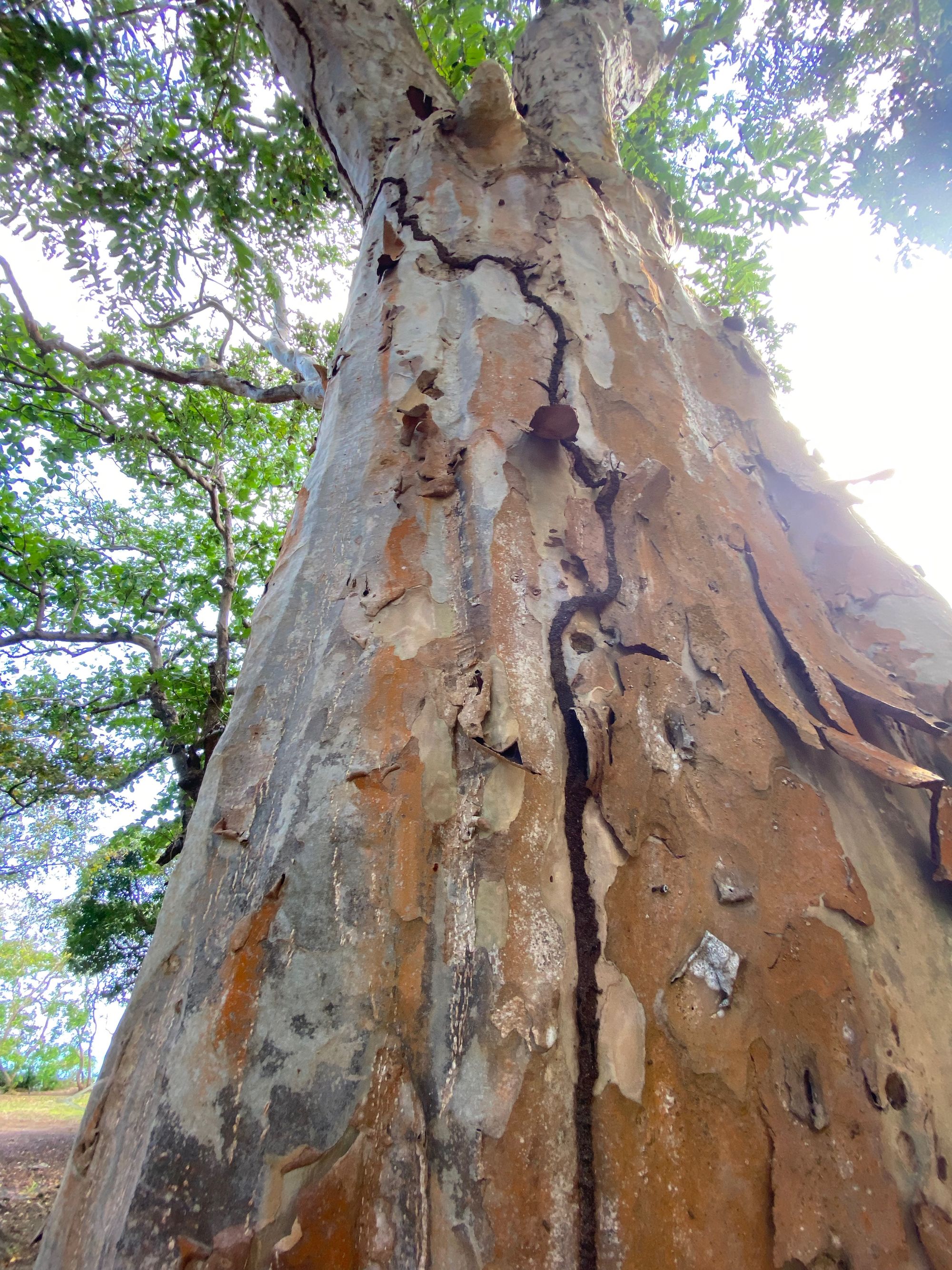
The Dodo Bird |
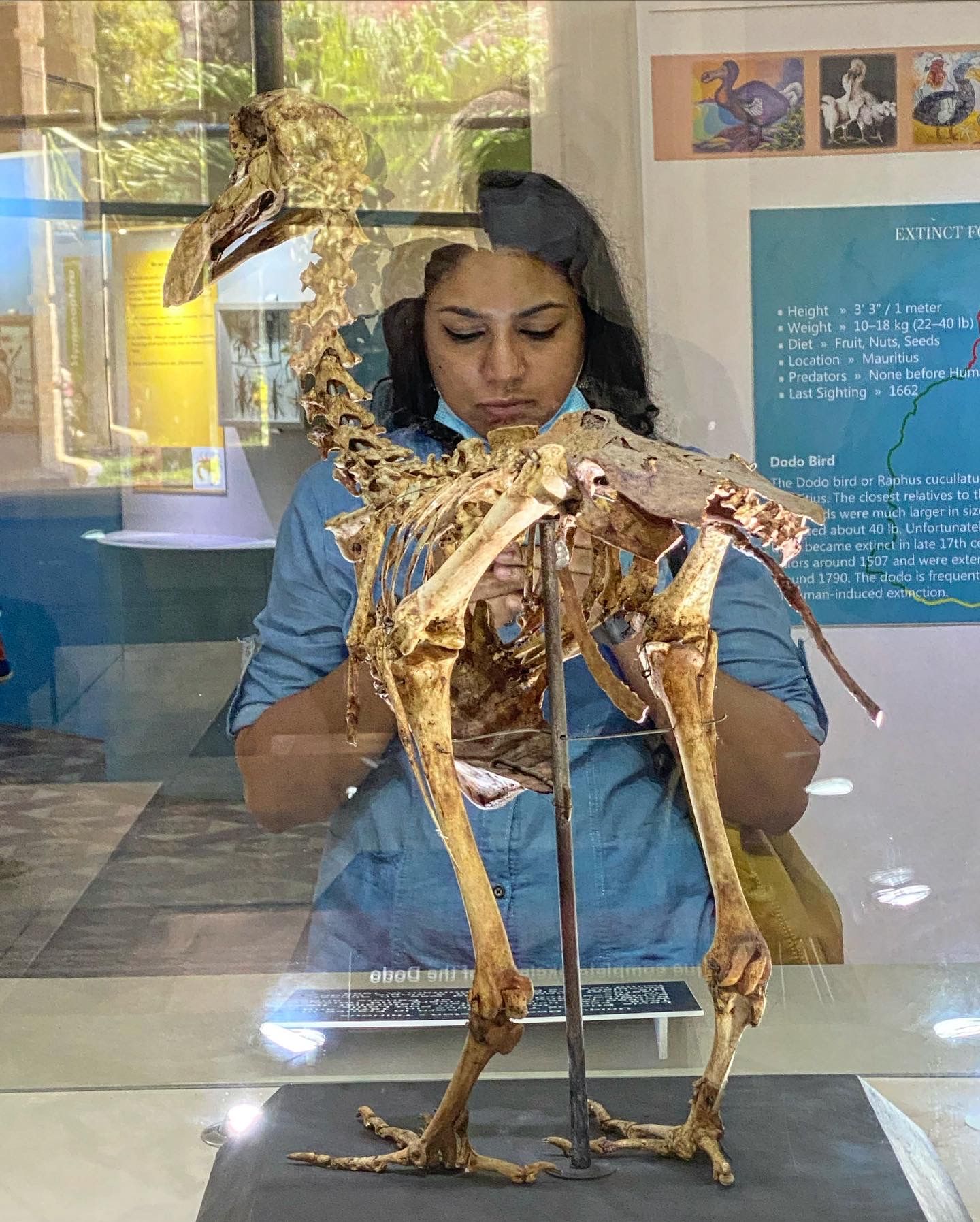
The Dark Side of Paradise |
Initially Arab sailors discovered the uninhabited island around 975, followed by the Portuguese. The first settlers were Dutch who landed near Mahbourg in 1598 and named the island after Prince Maurice.
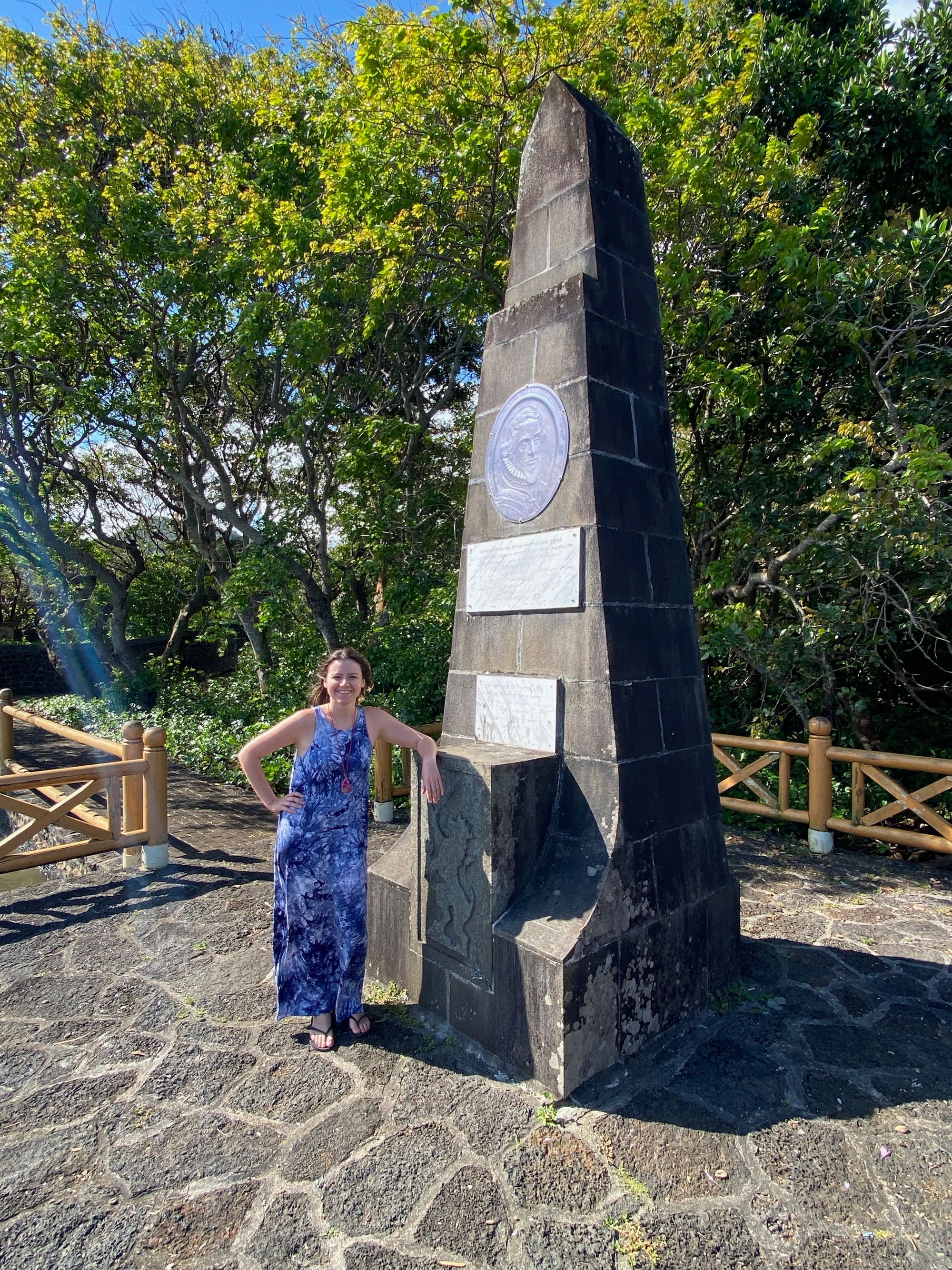
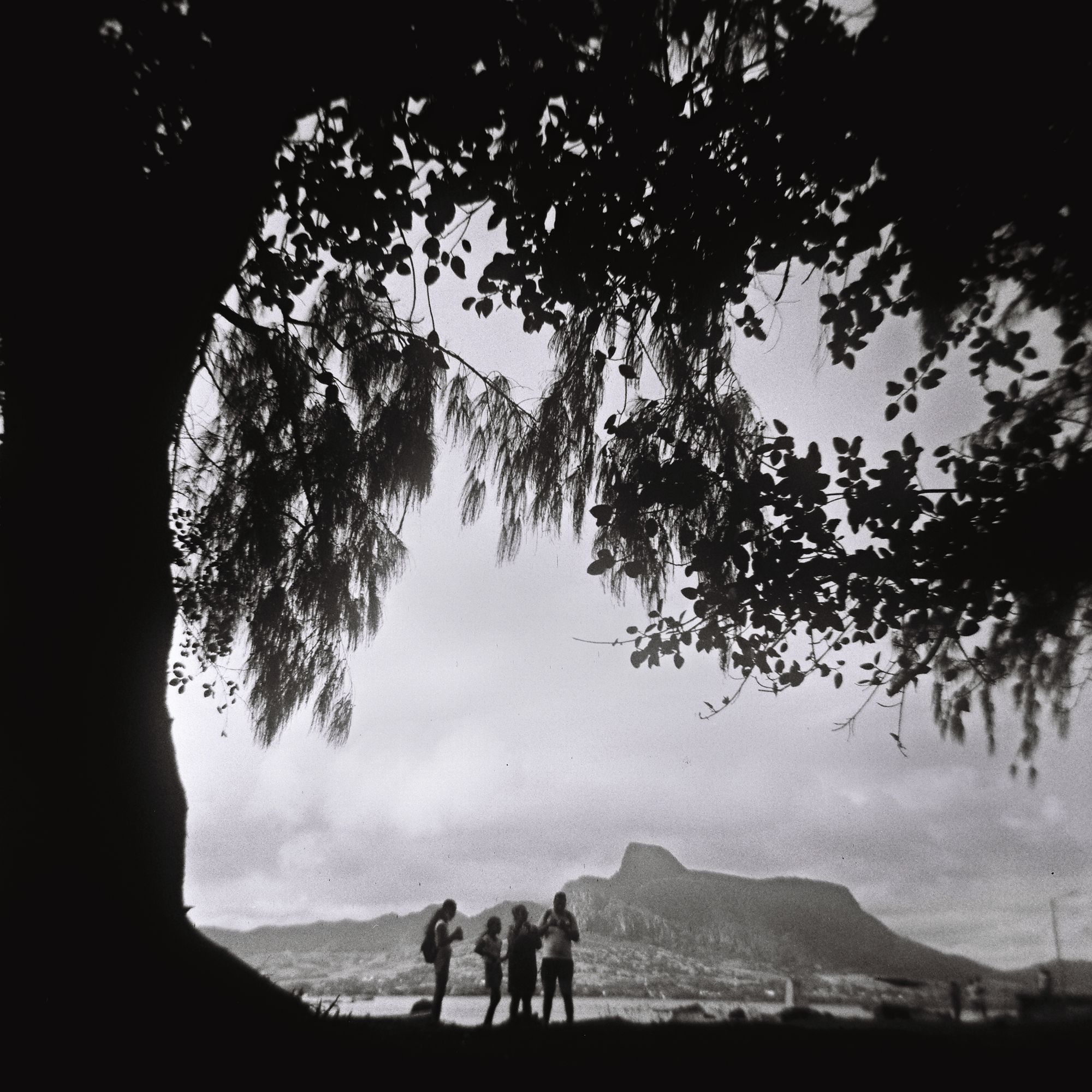

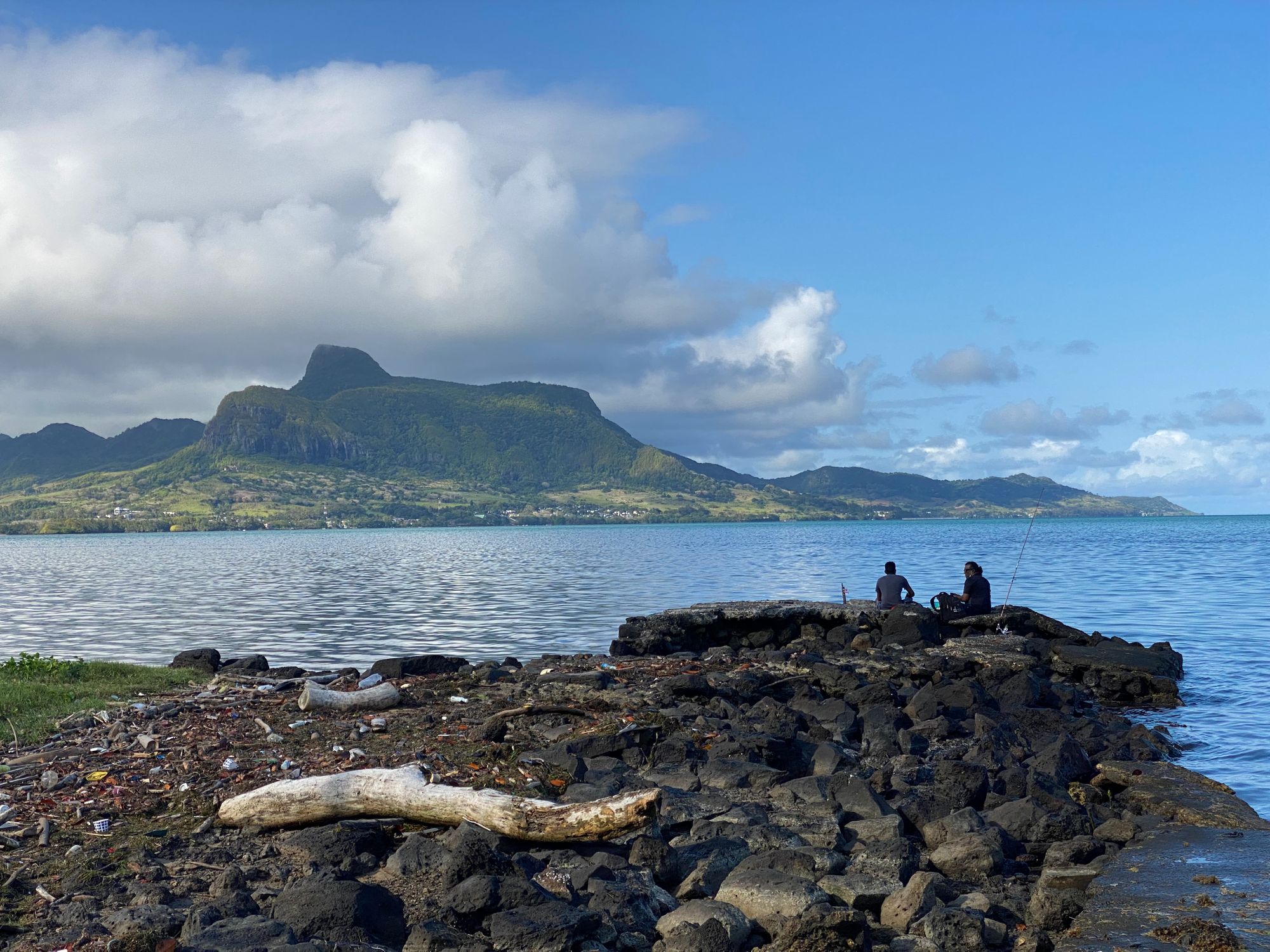
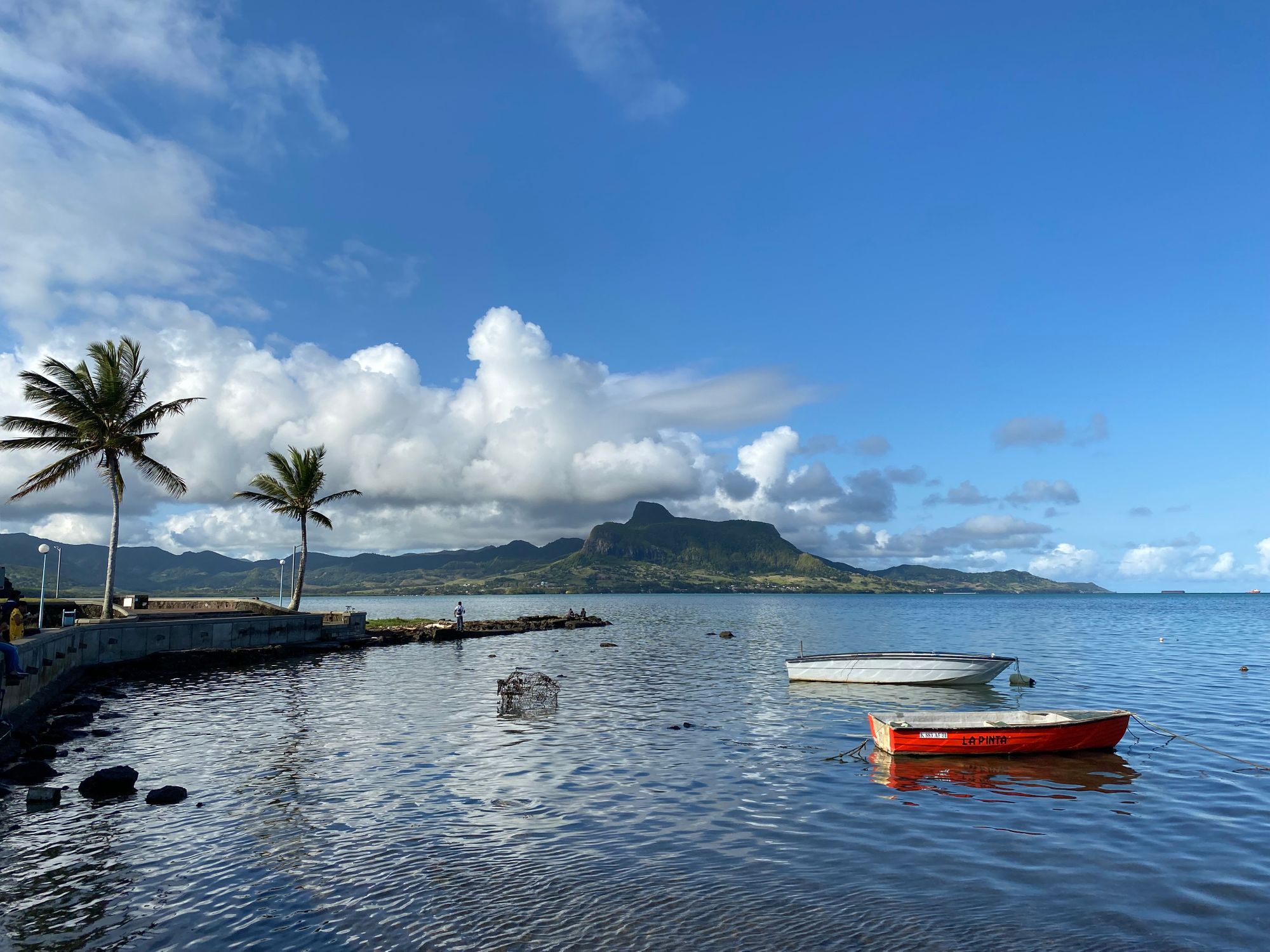
The Dutch were unsuccessful at colonizing the island and abandoned Mauritius in 1710. During their possession, the Dodo bird went extinct. The French took control in 1715 and started to import slaves to clear the land and cultivate sugar cane. Up until World War I, Mauritius was one of the largest producers of sugar in the world. Britain seized the island in 1810 and governed Mauritius until granted independence in 1968.
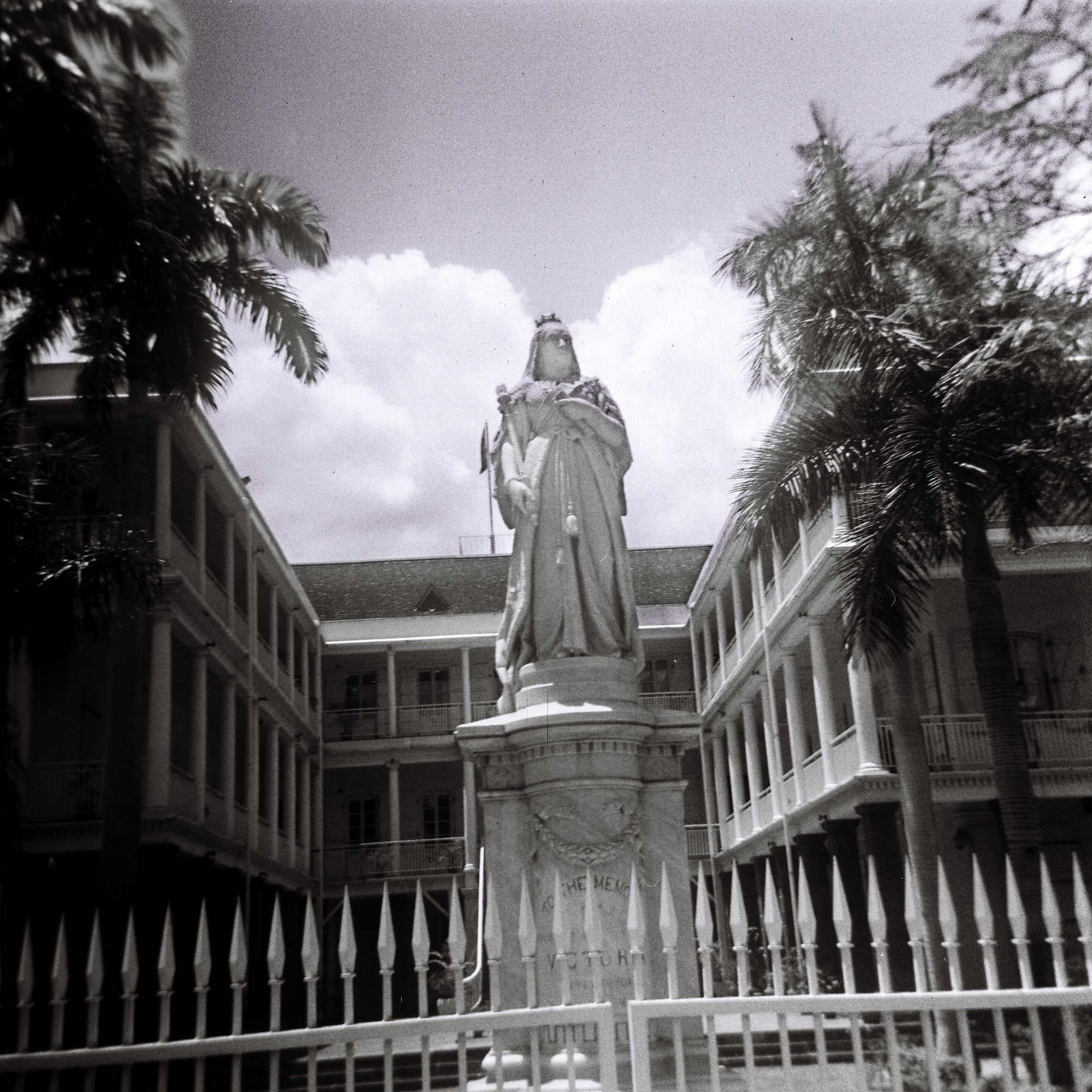
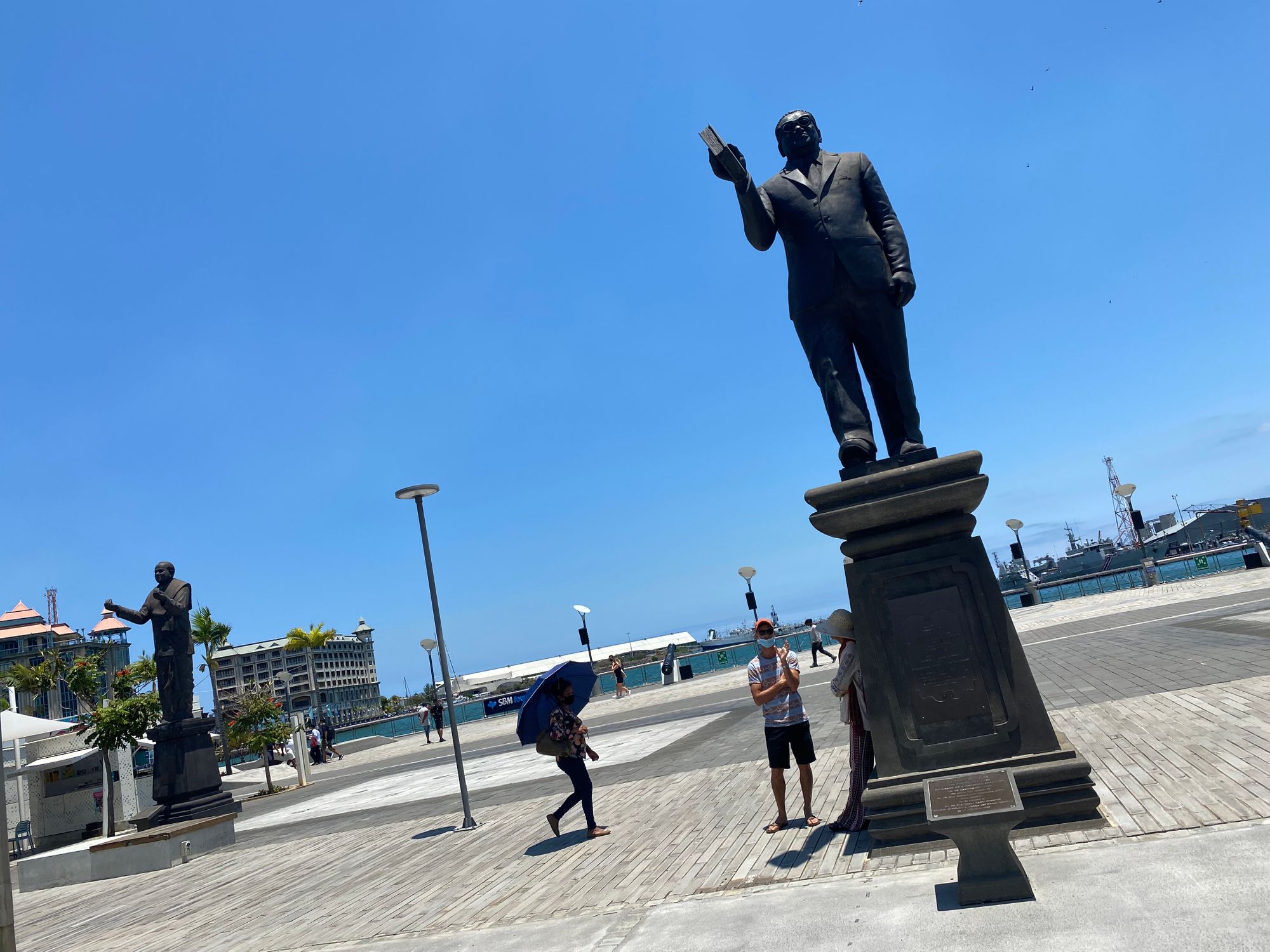
The British who had abolished slavery needed labor to work the huge sugar cane plantations and created the Indentured Servitude system. 500,000 laborers who worked for free were brought from the subcontinent - mainly from India. 67 percent of the current population 0f 1,265,000 is of Indo-Mauritian ethnicity.
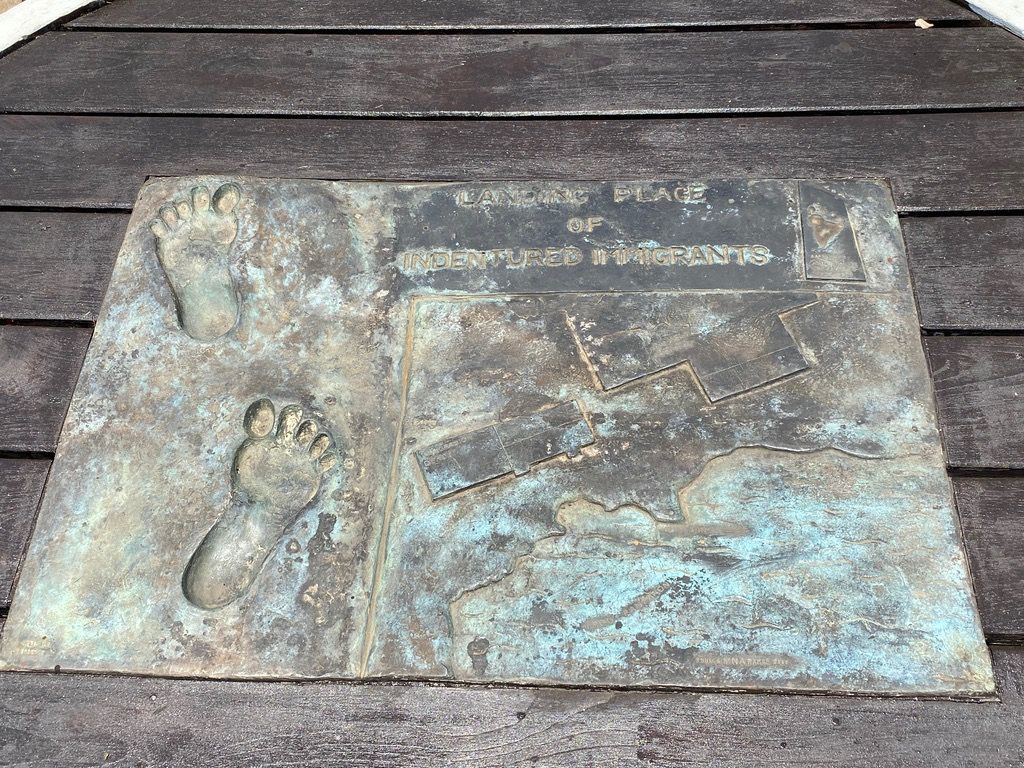
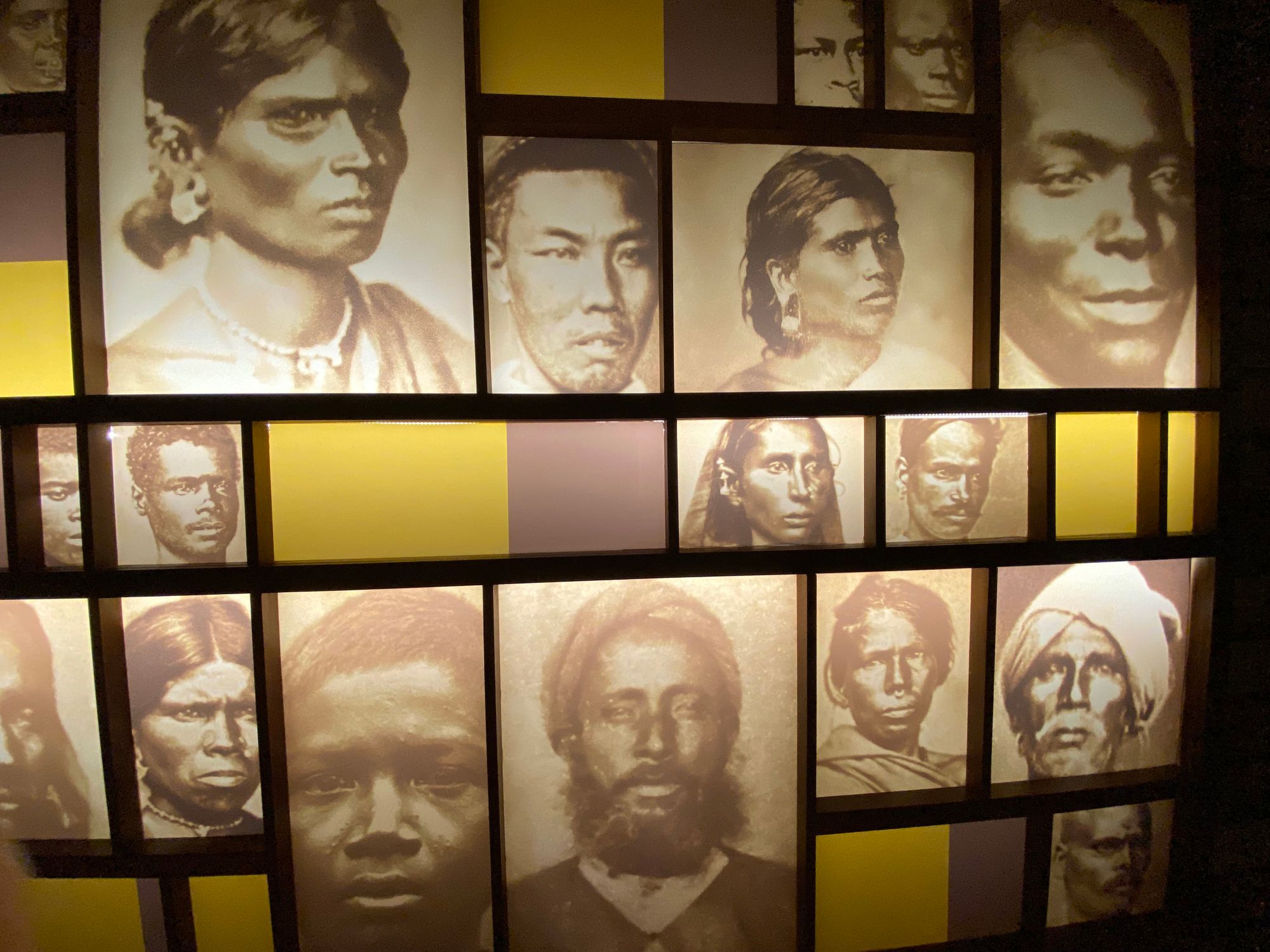
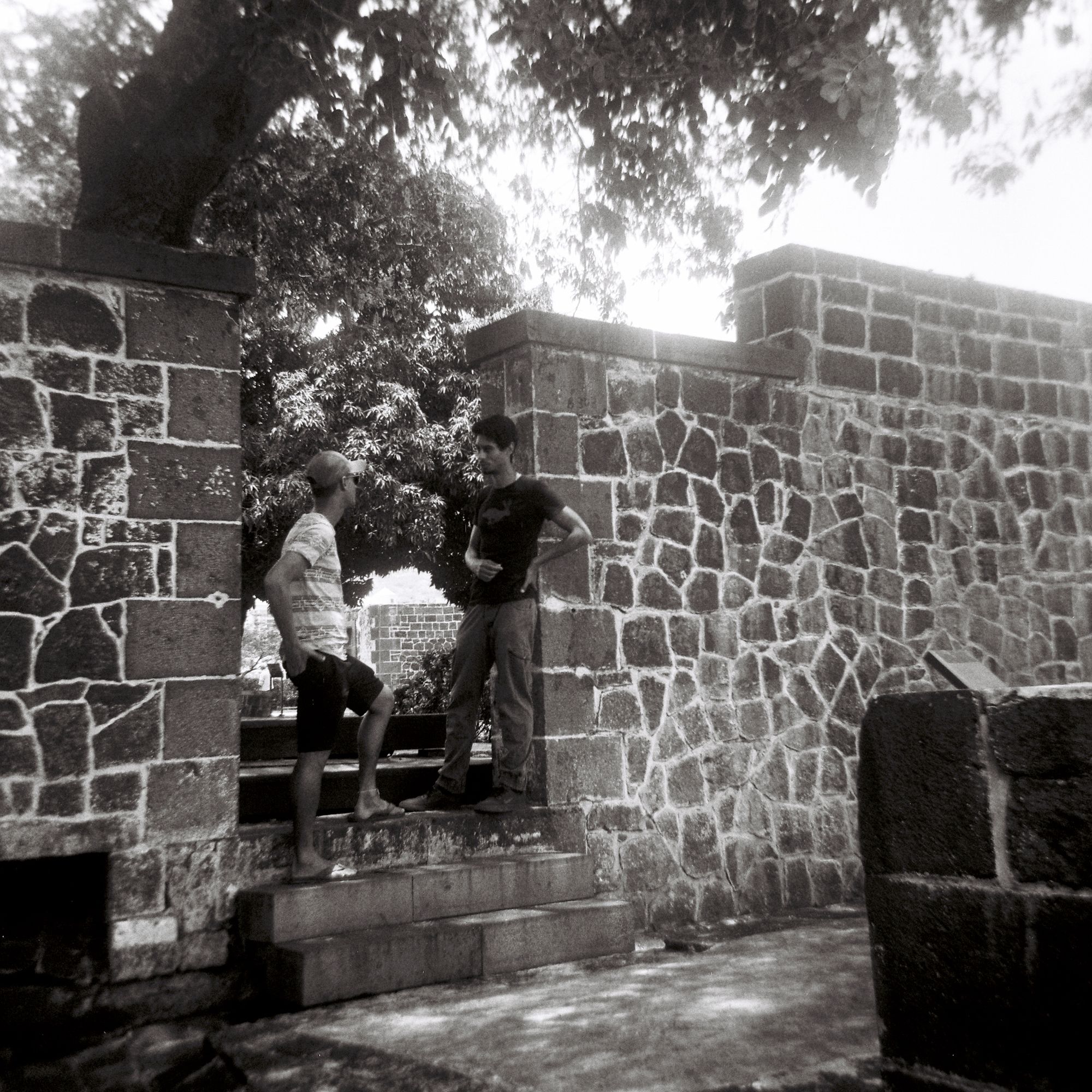
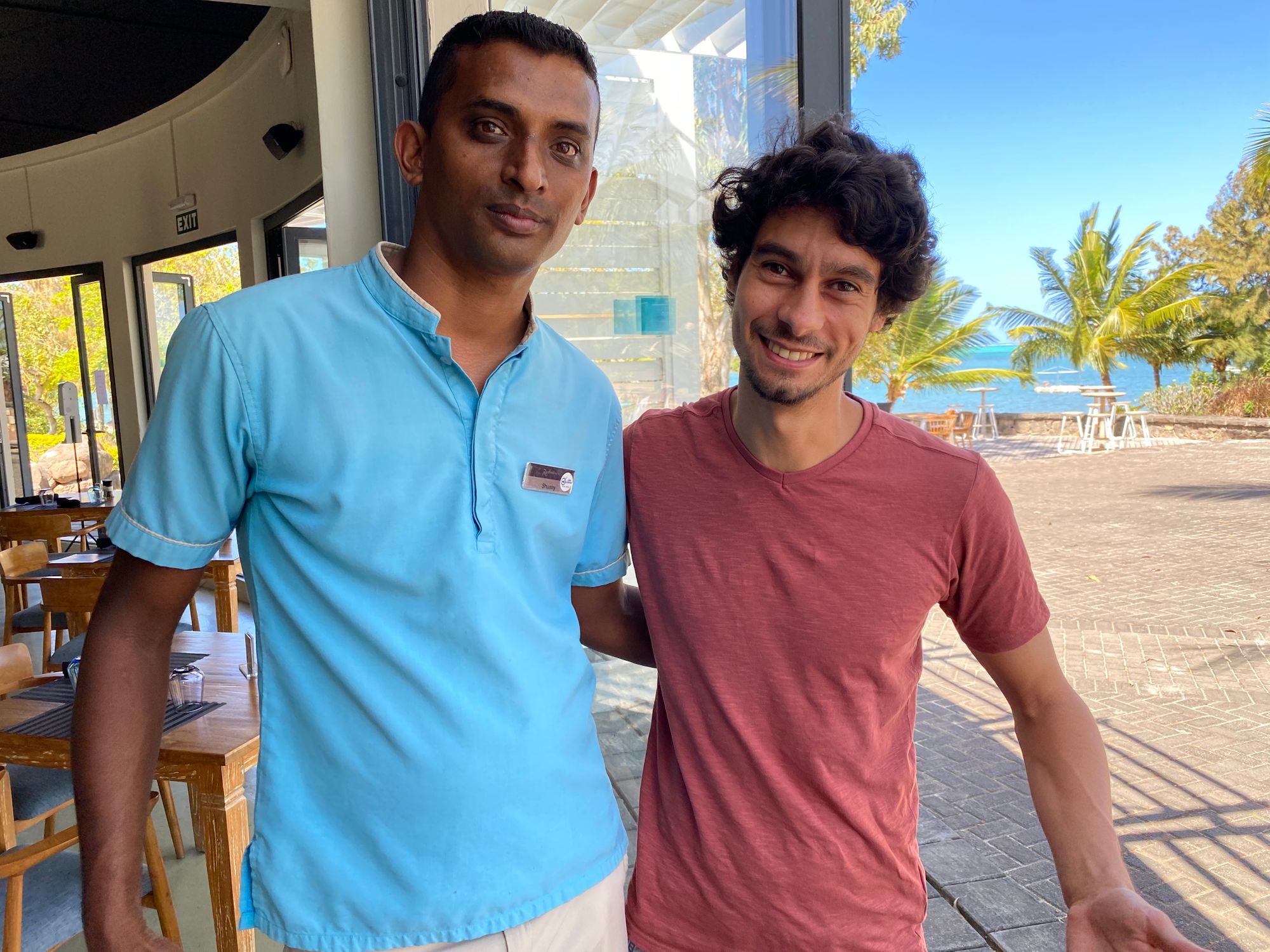
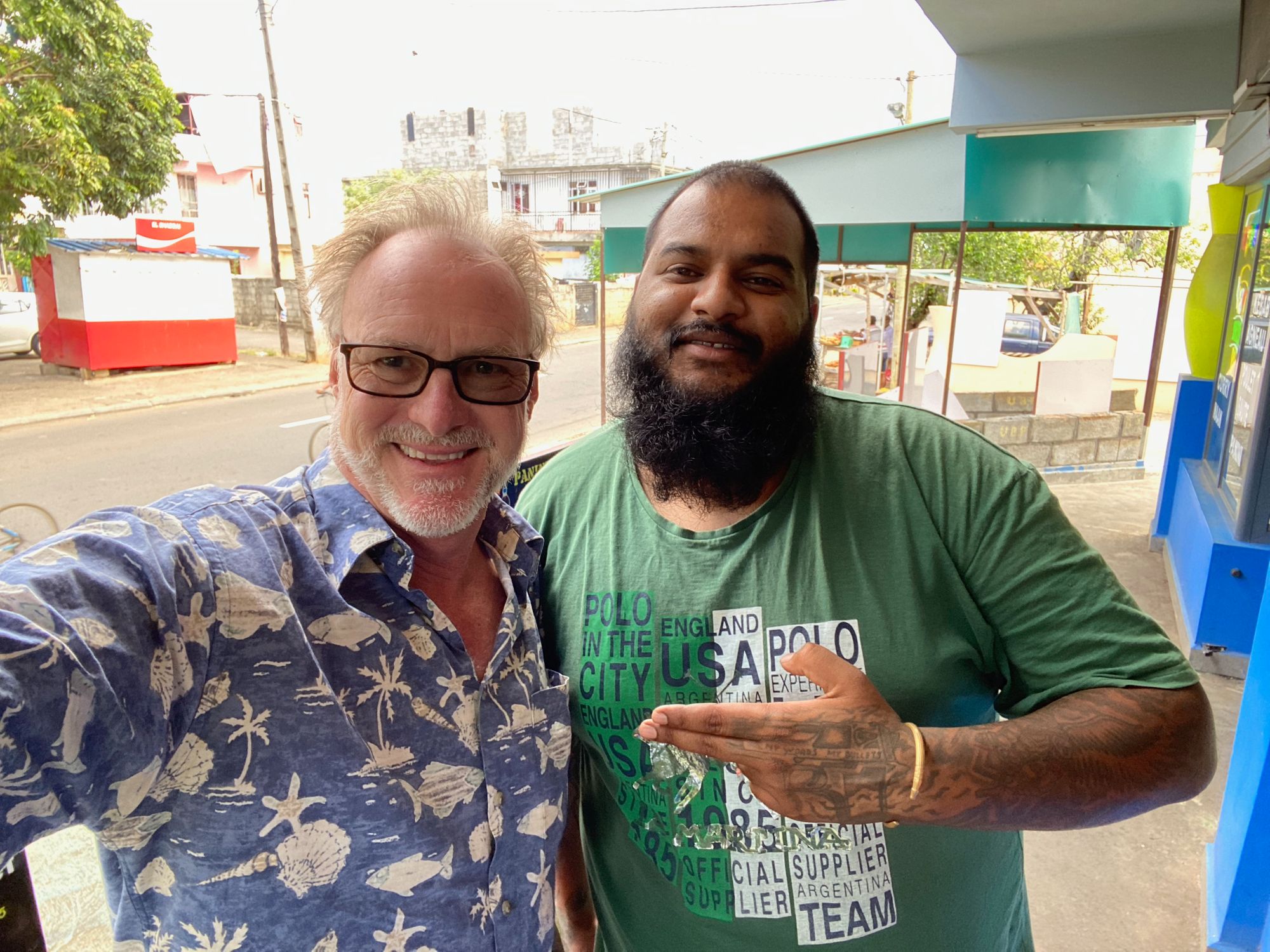
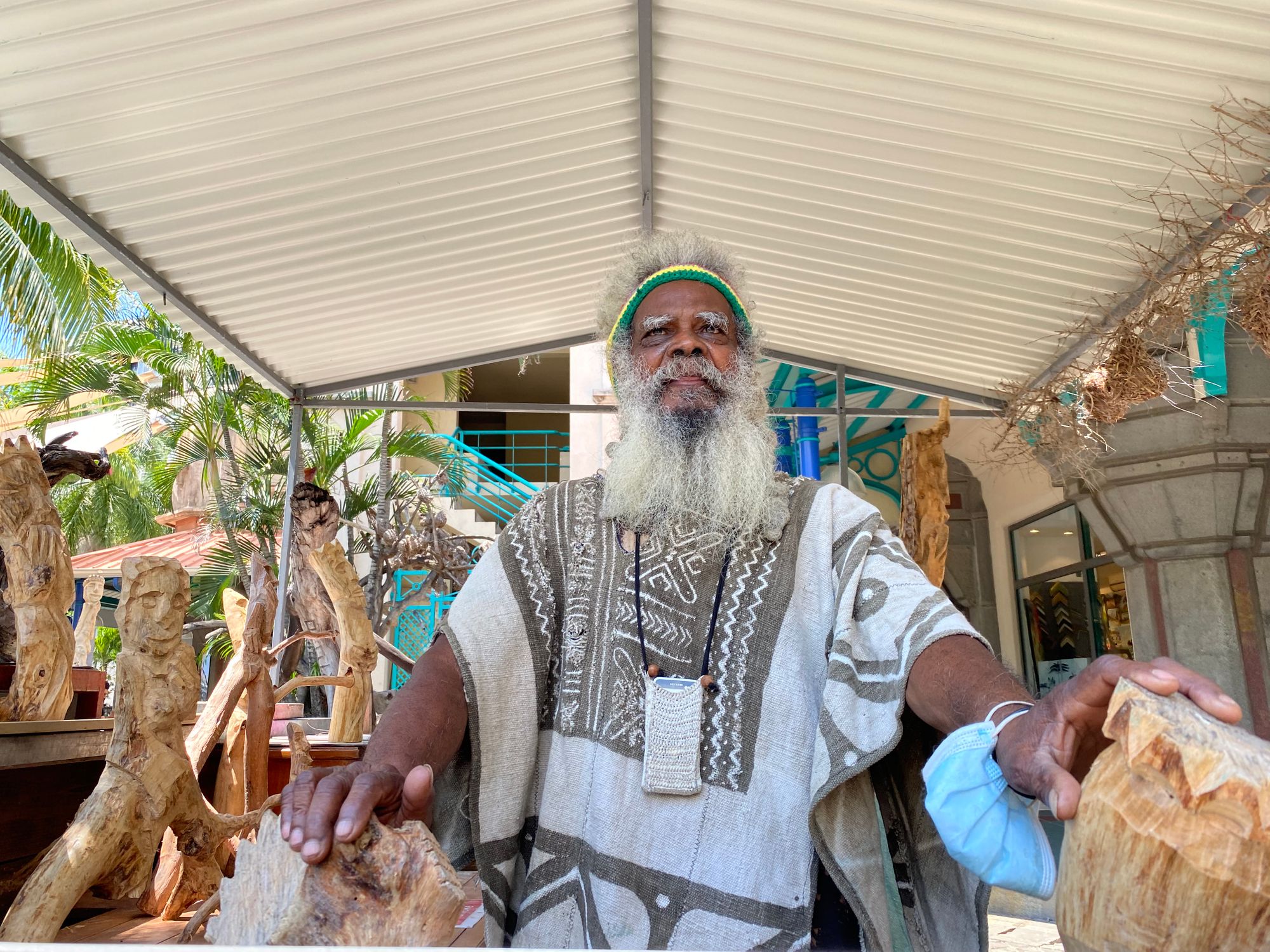
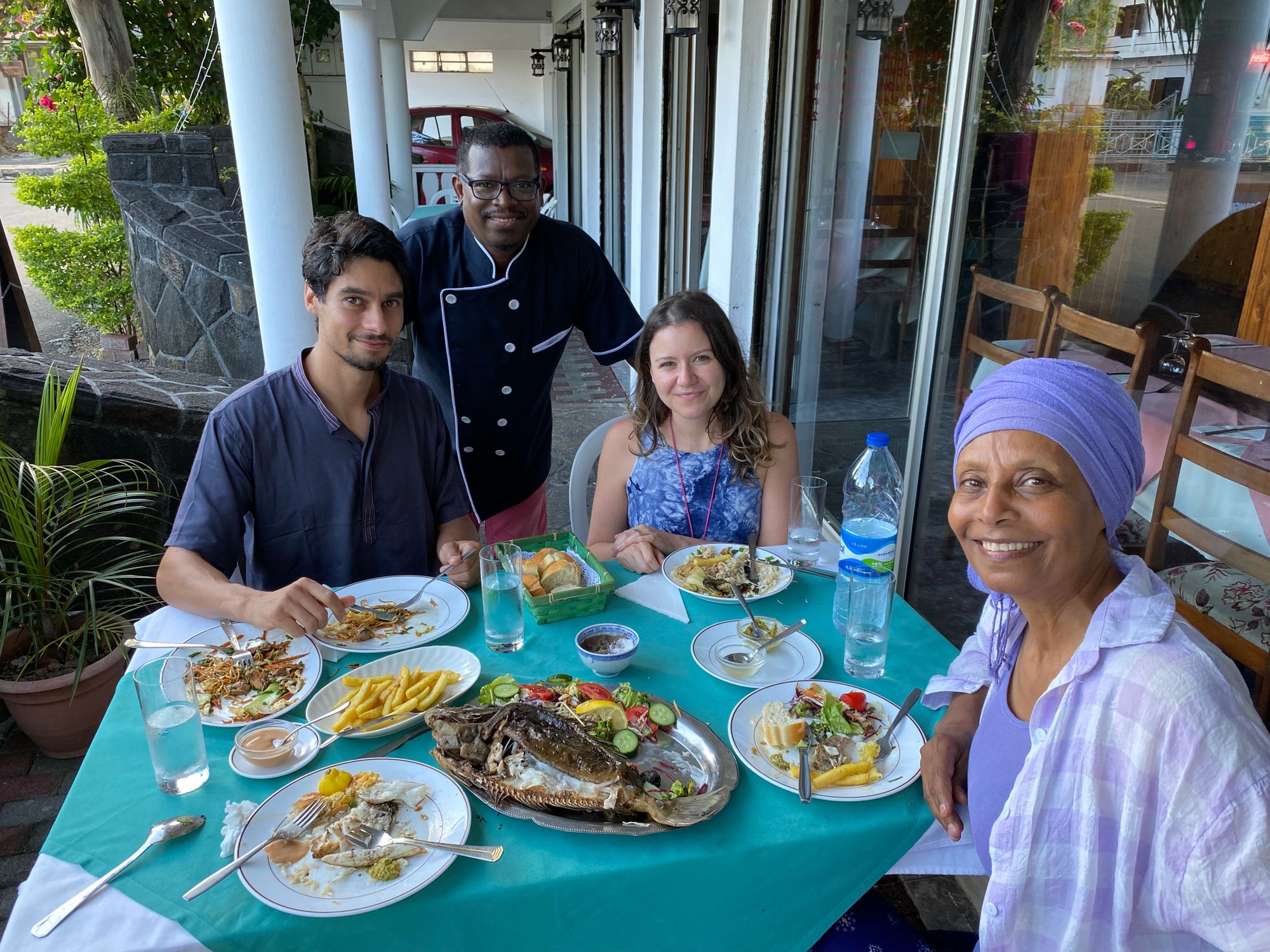
Historic sites |
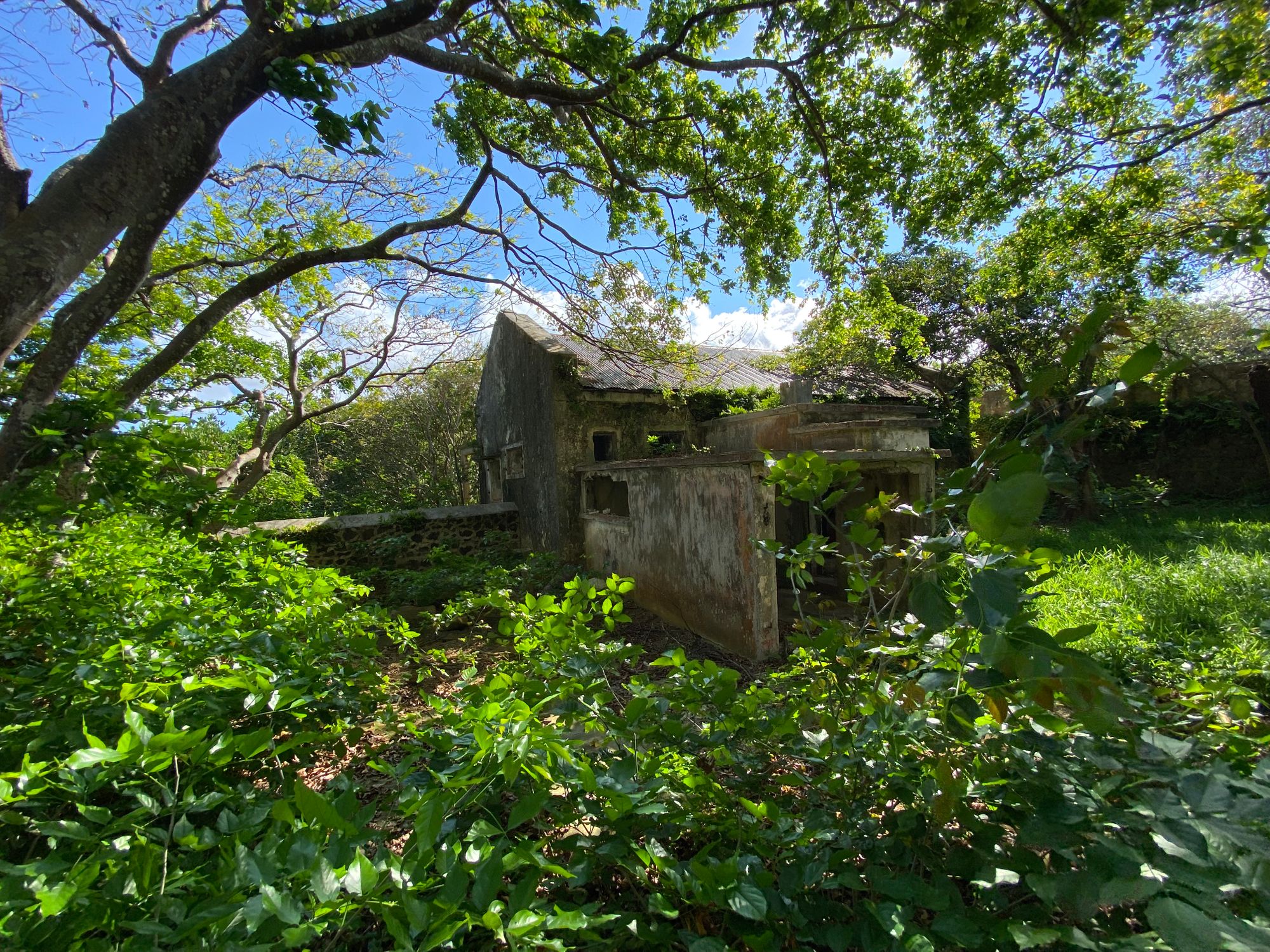
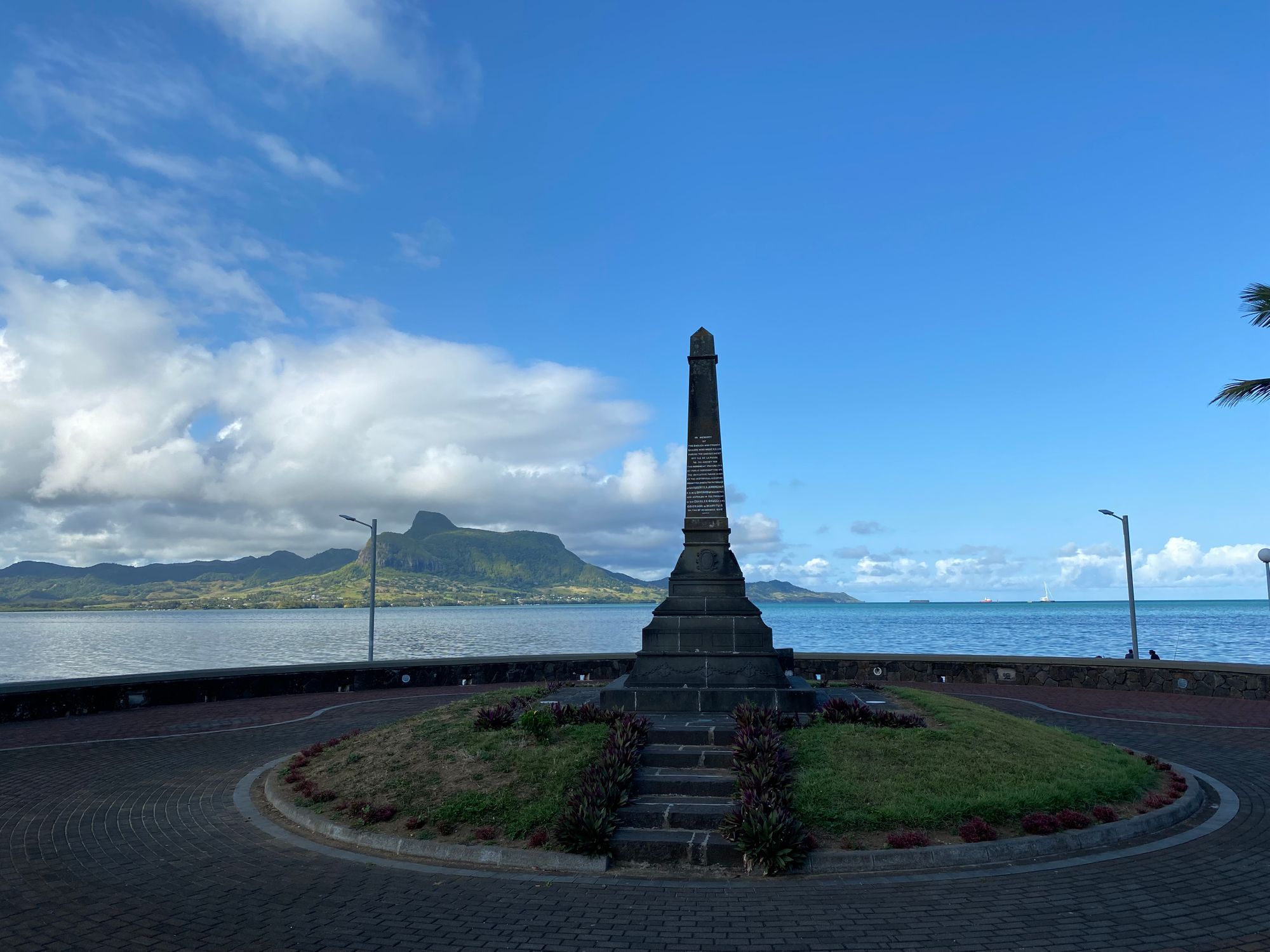
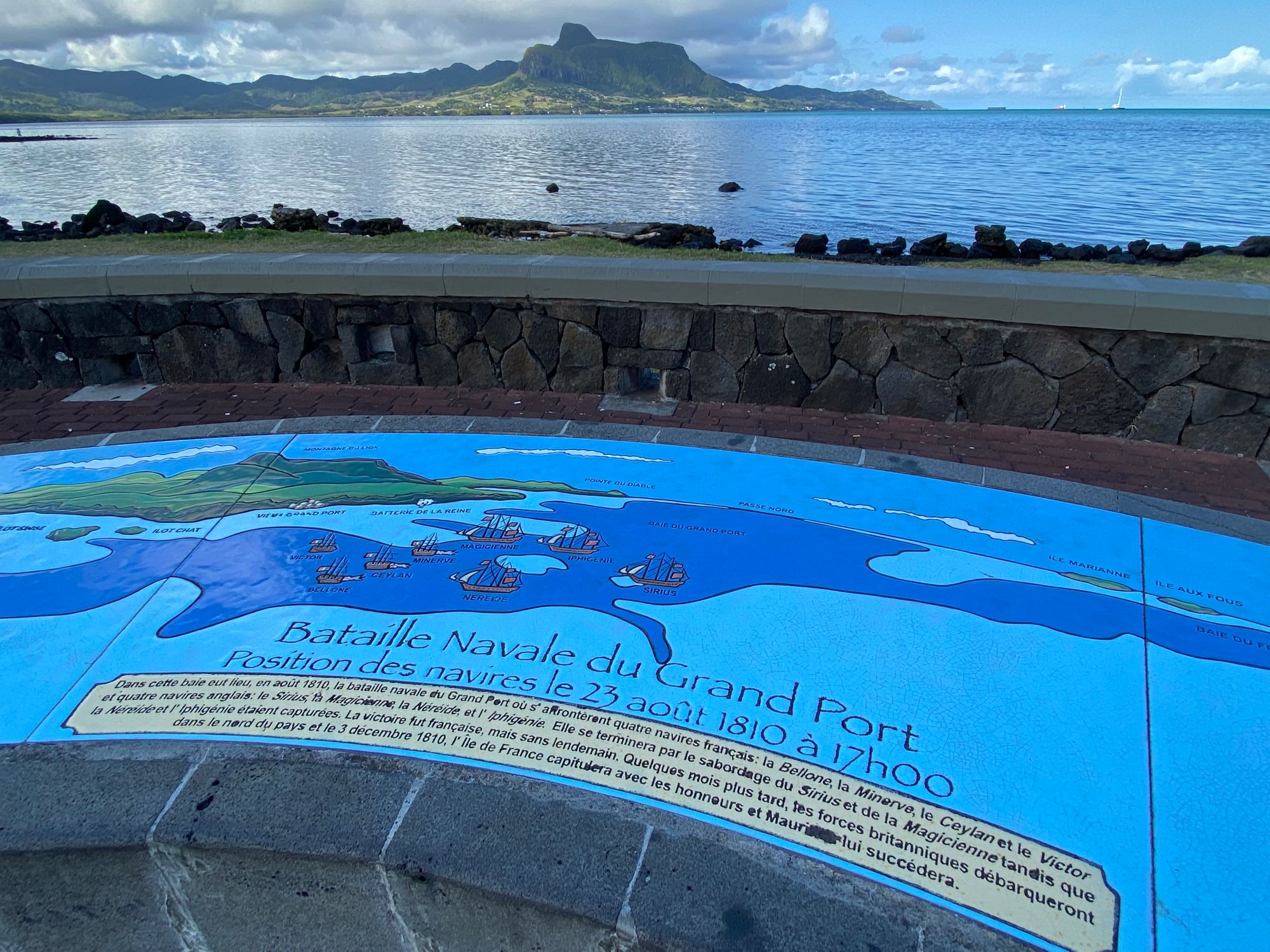
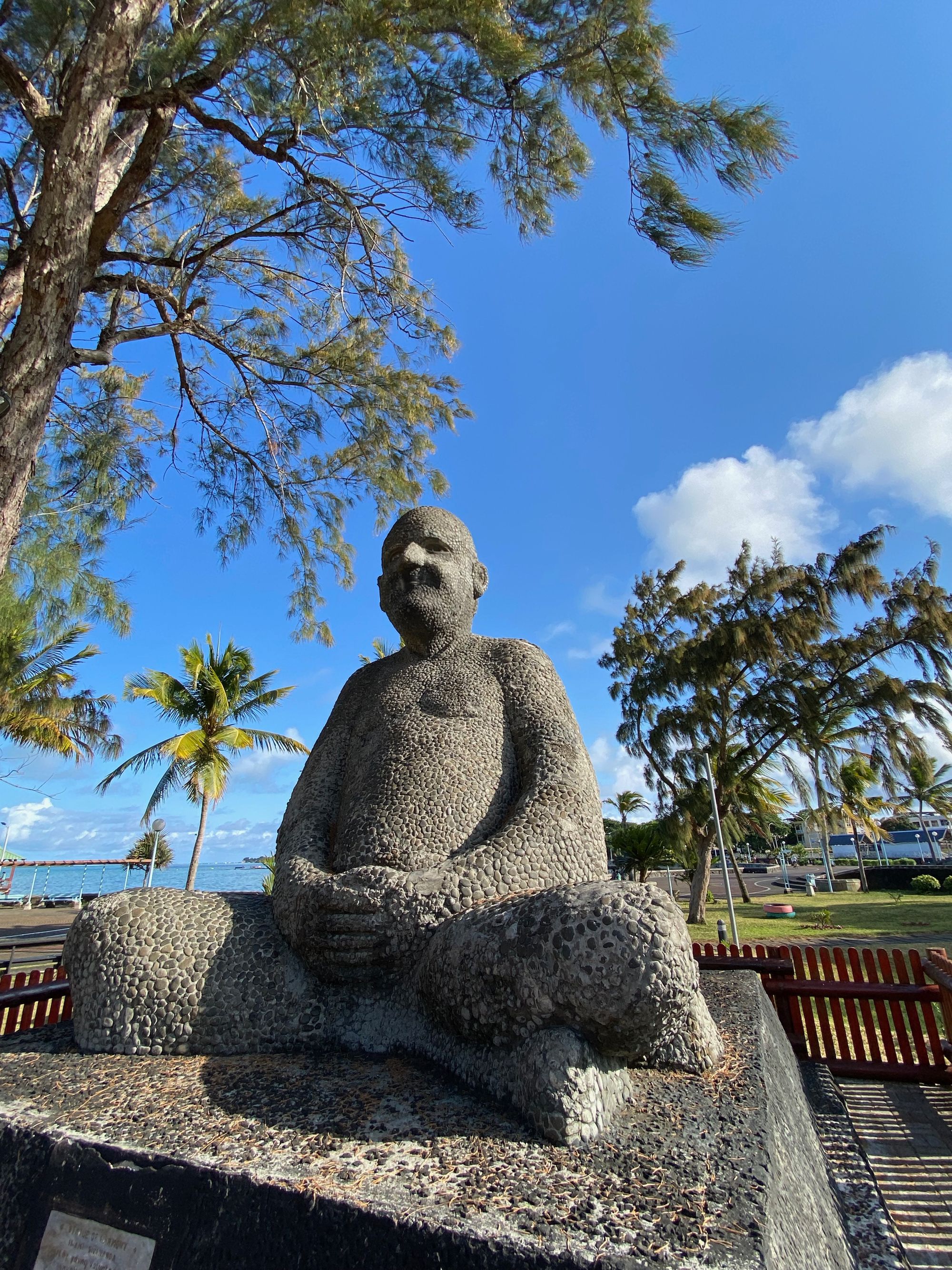
Parting shot |
